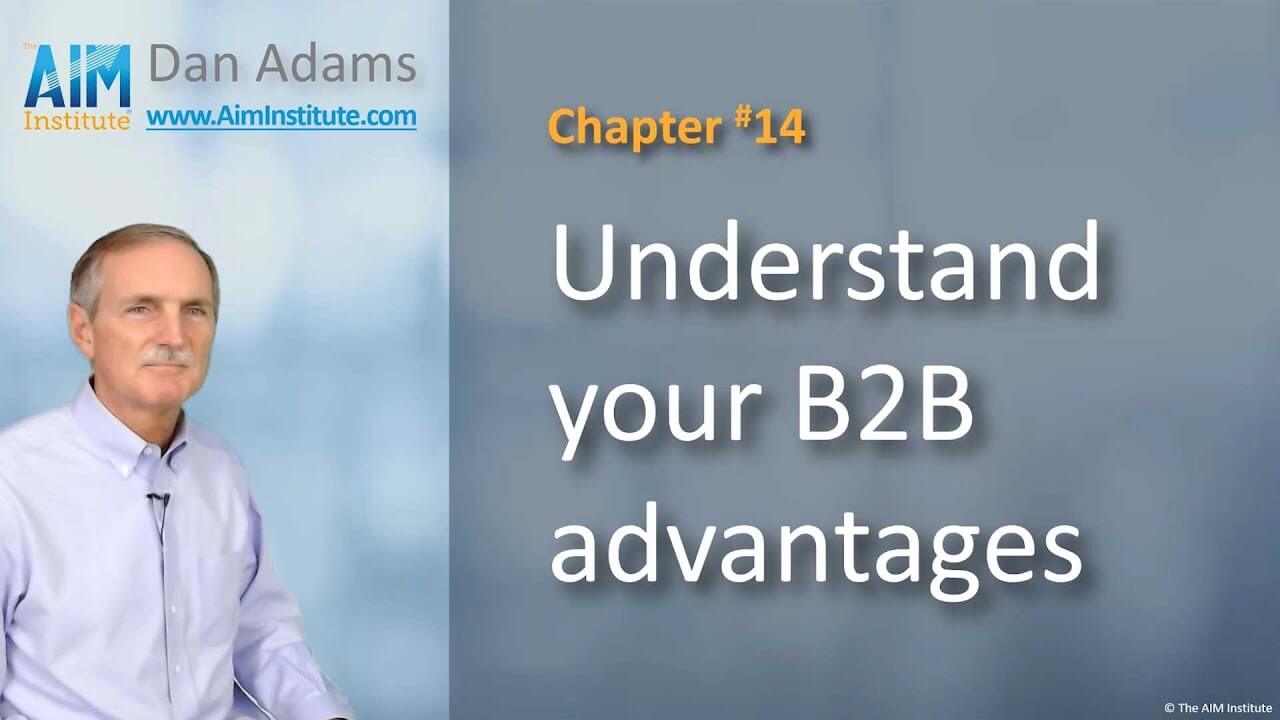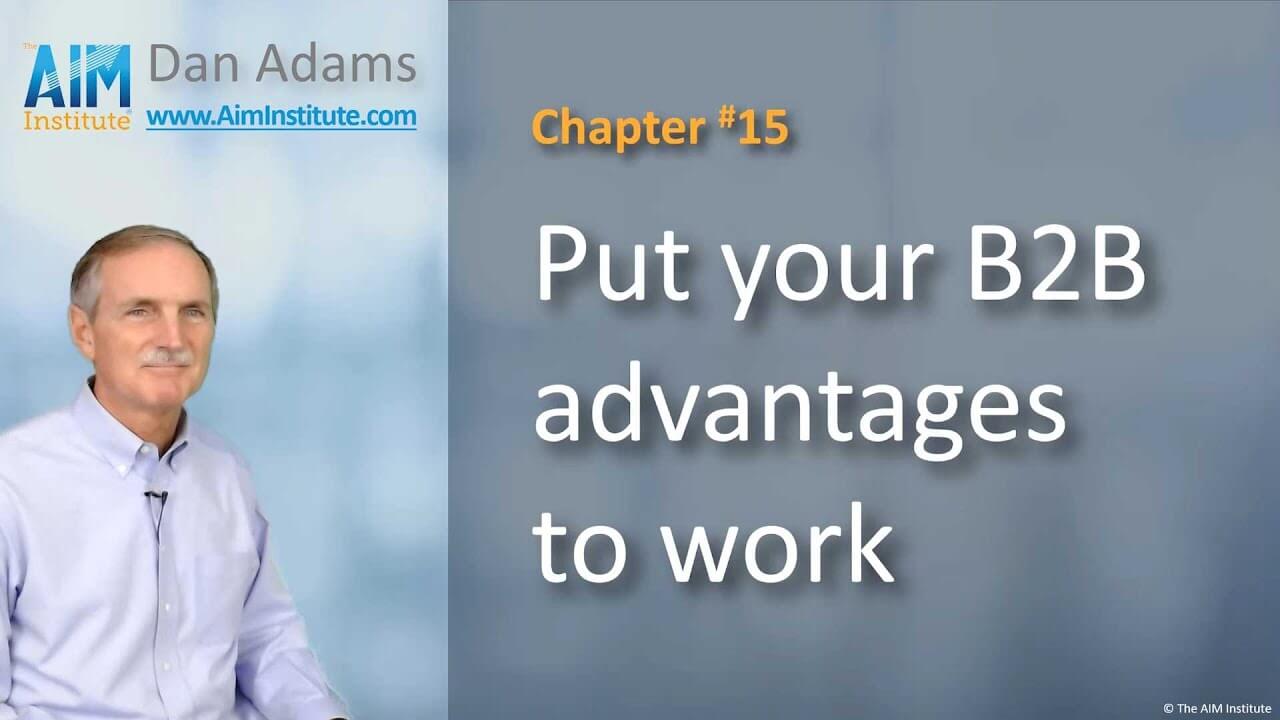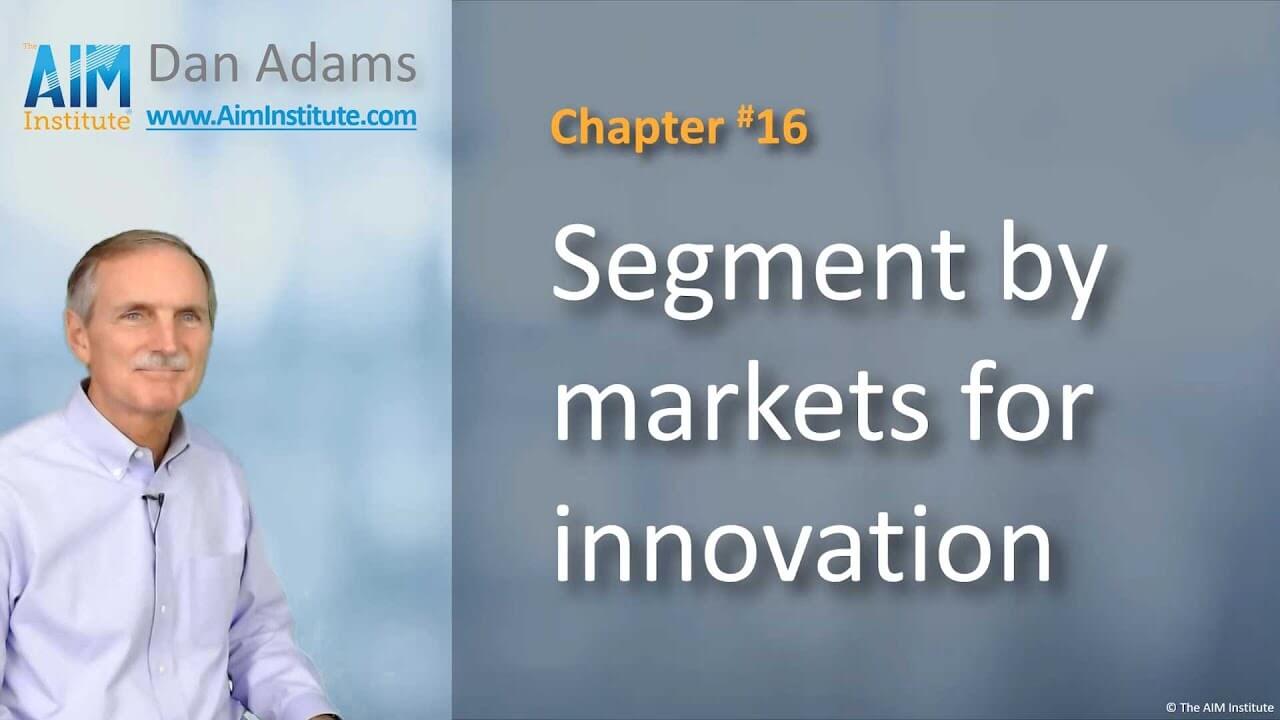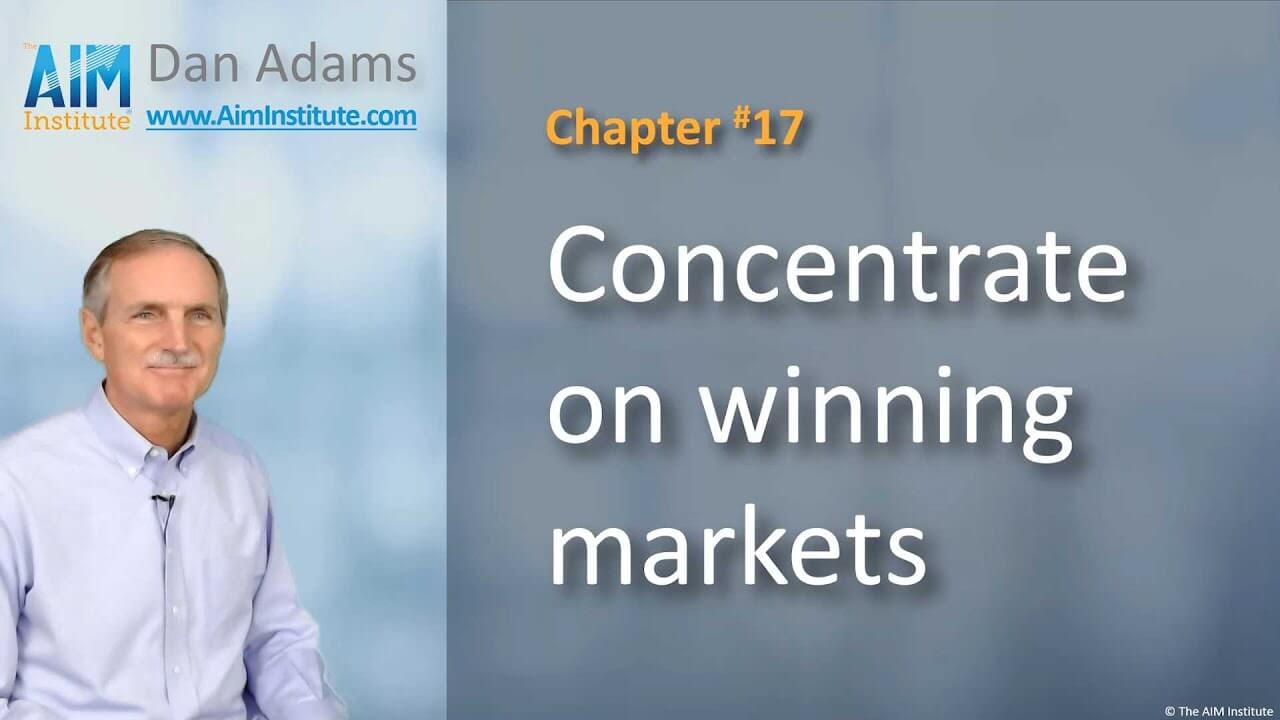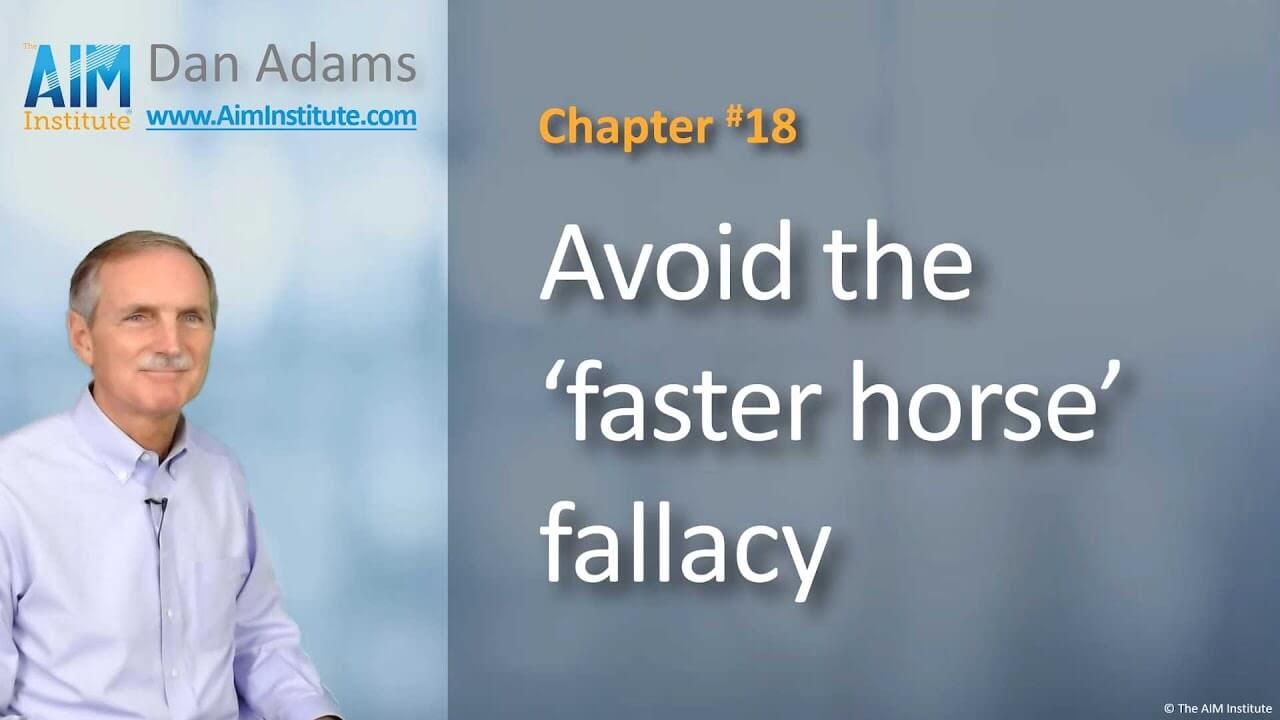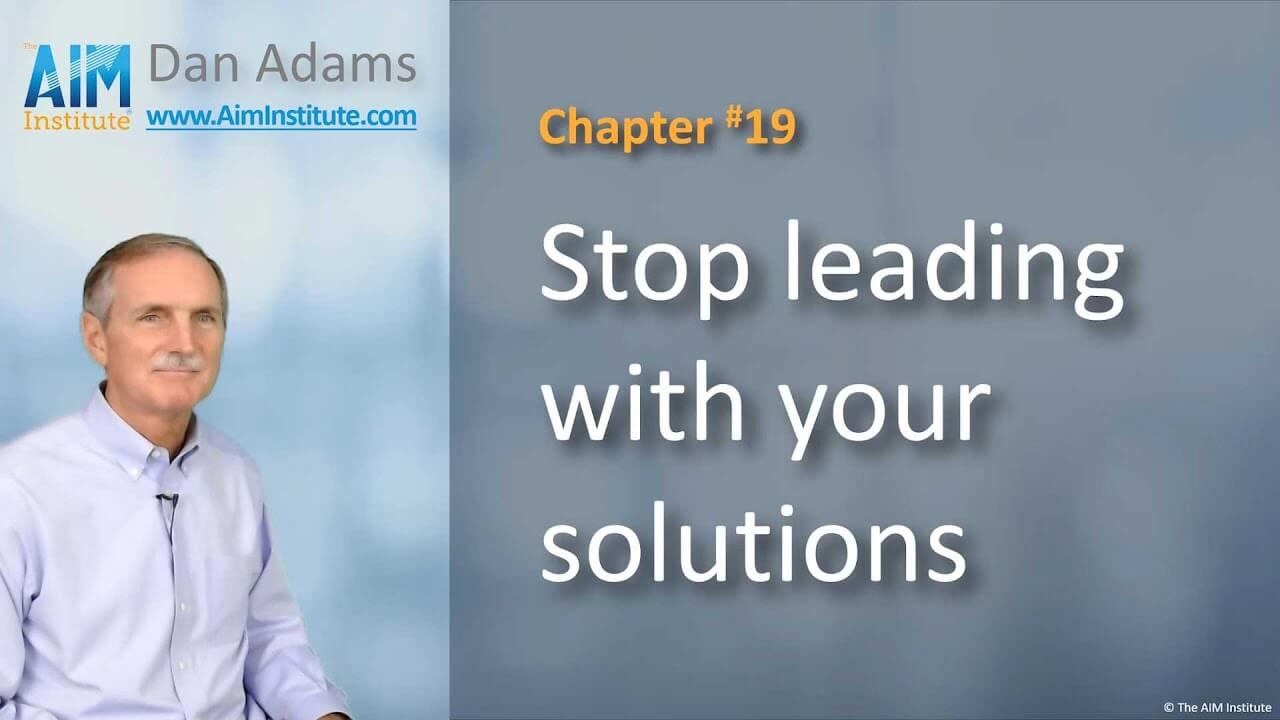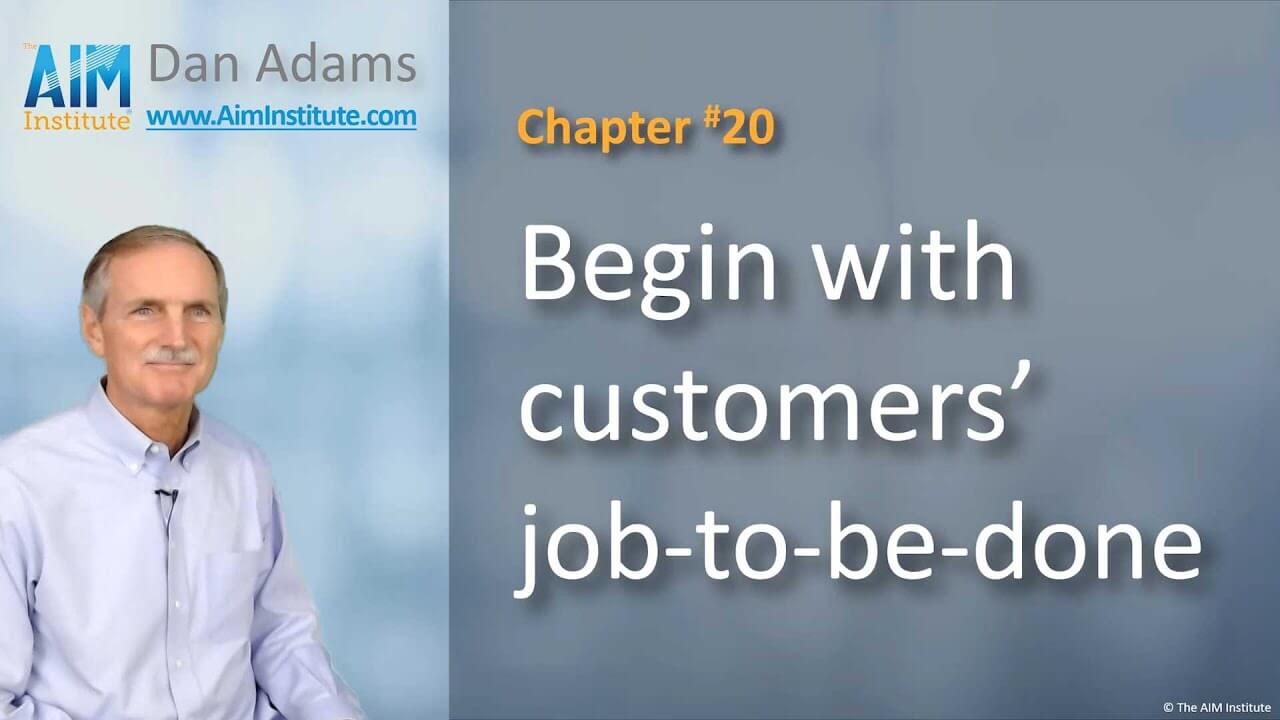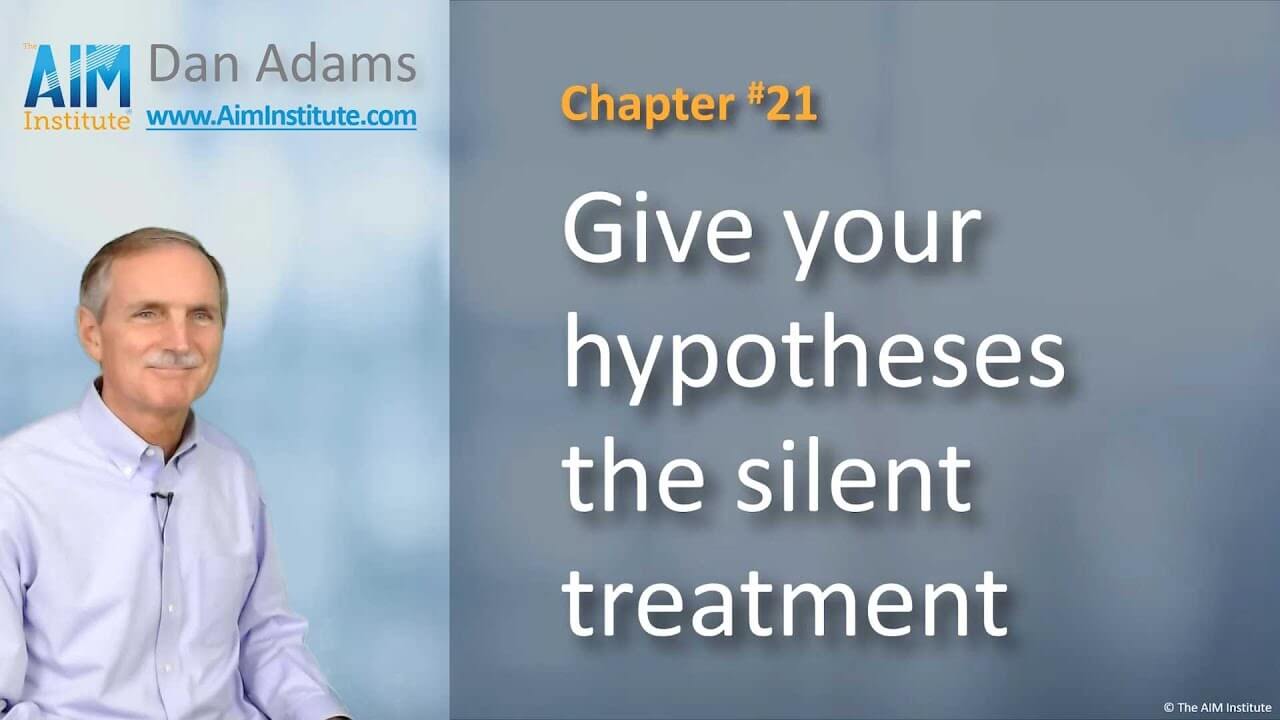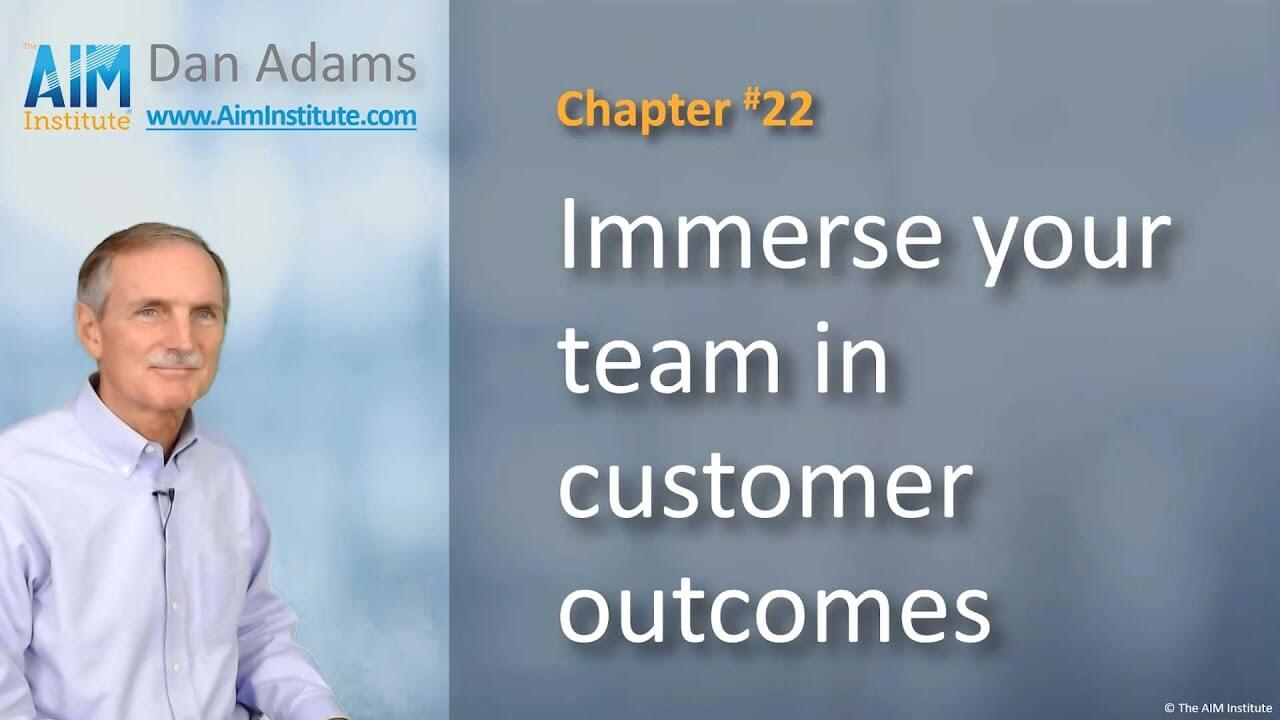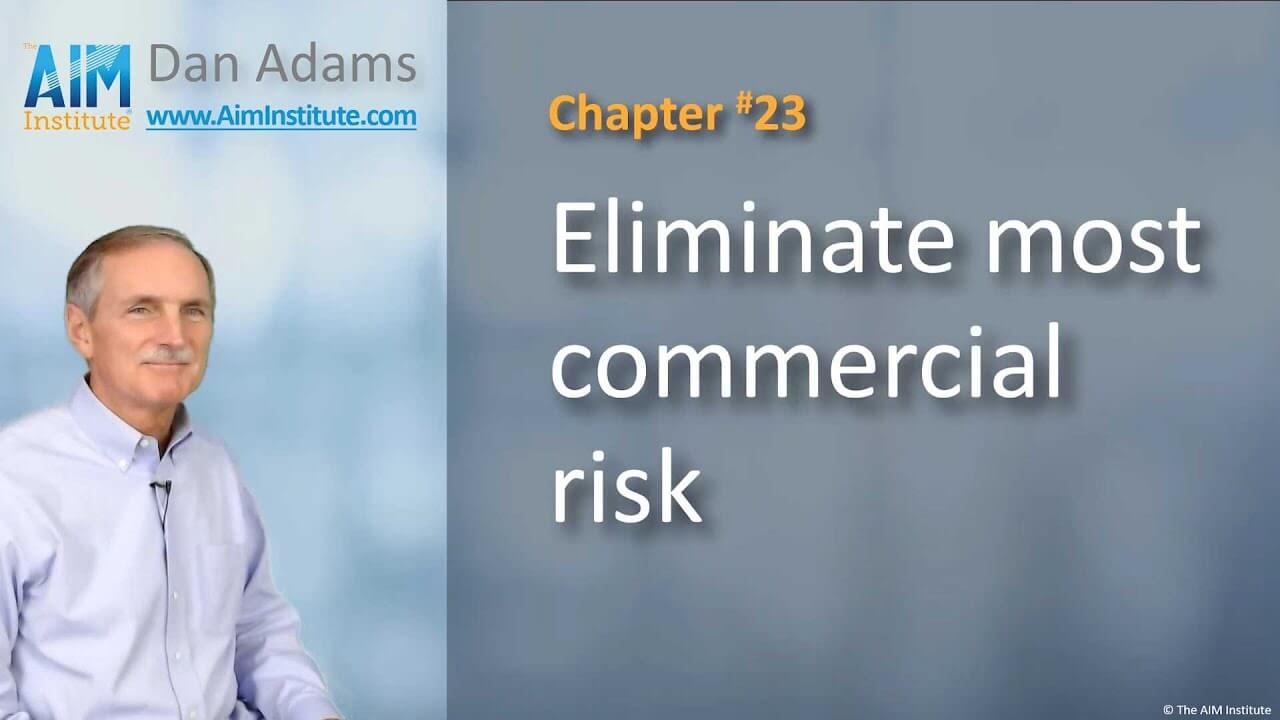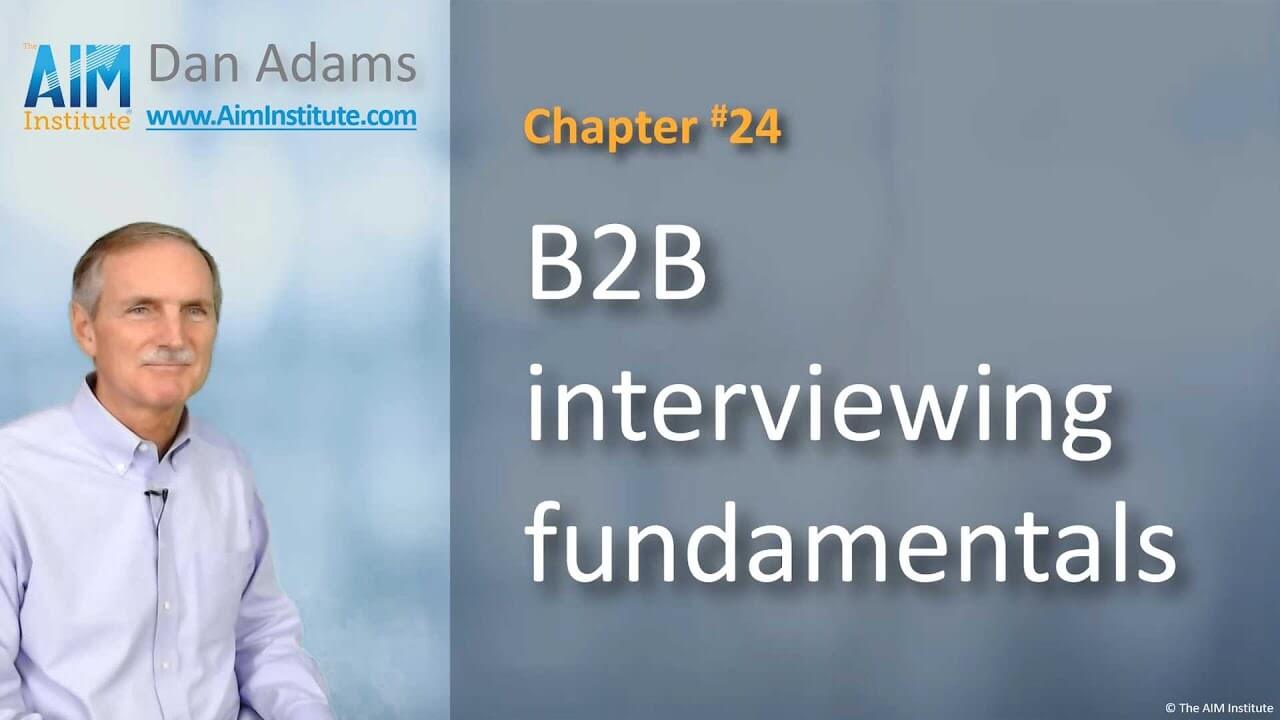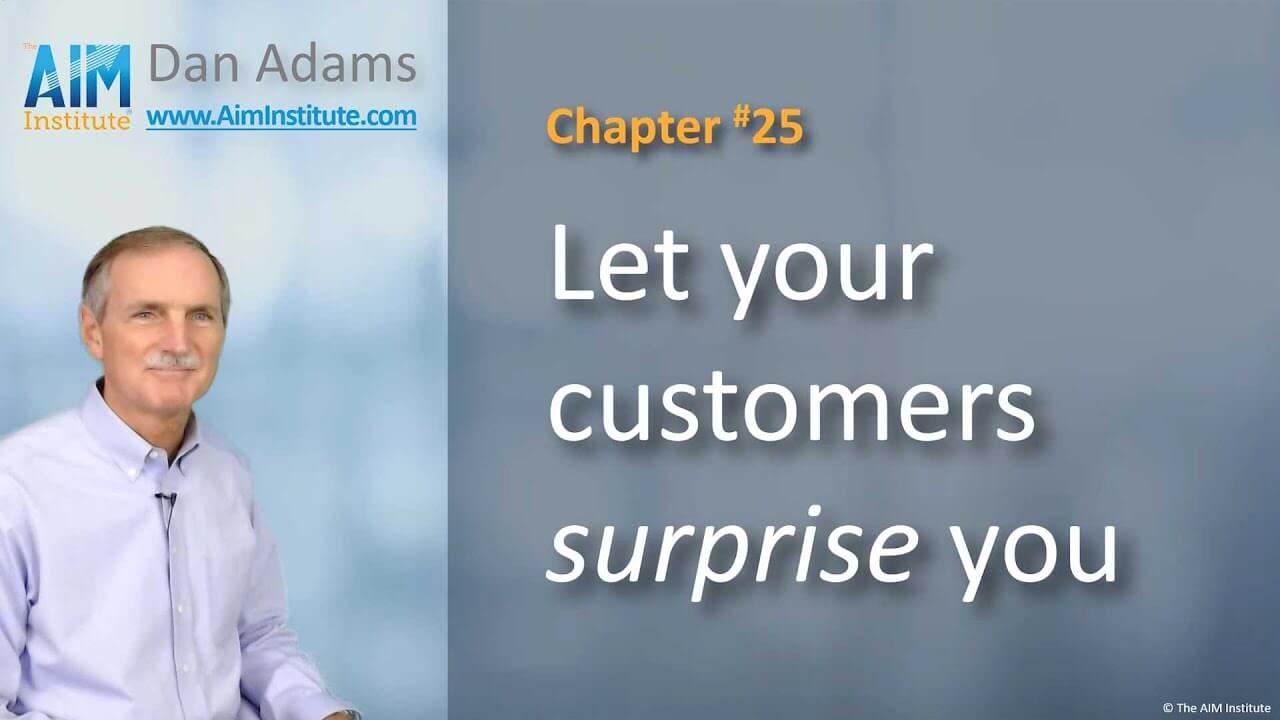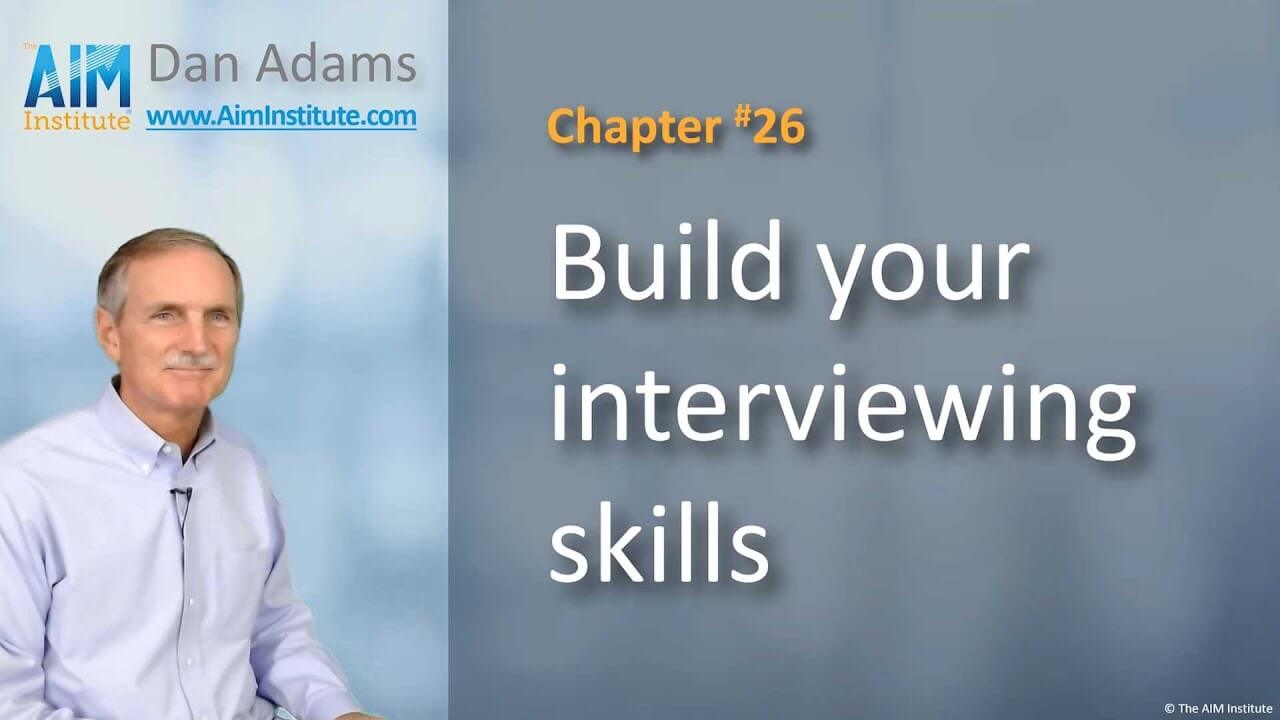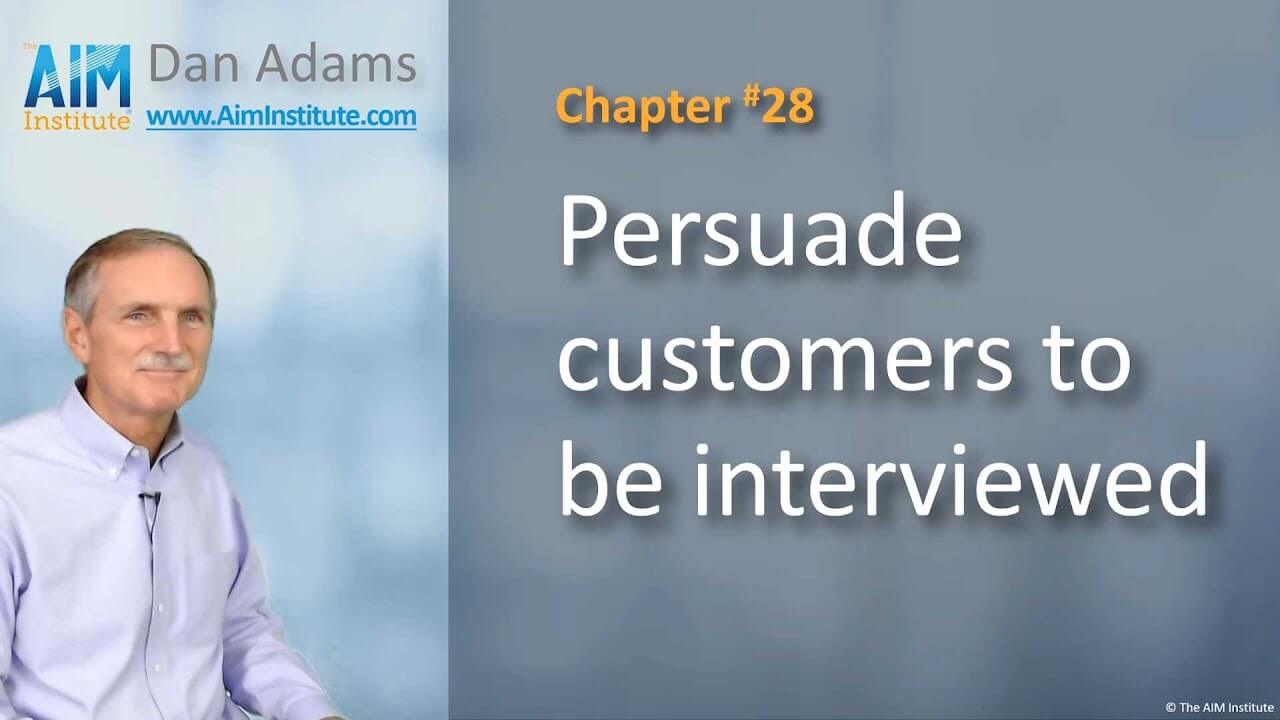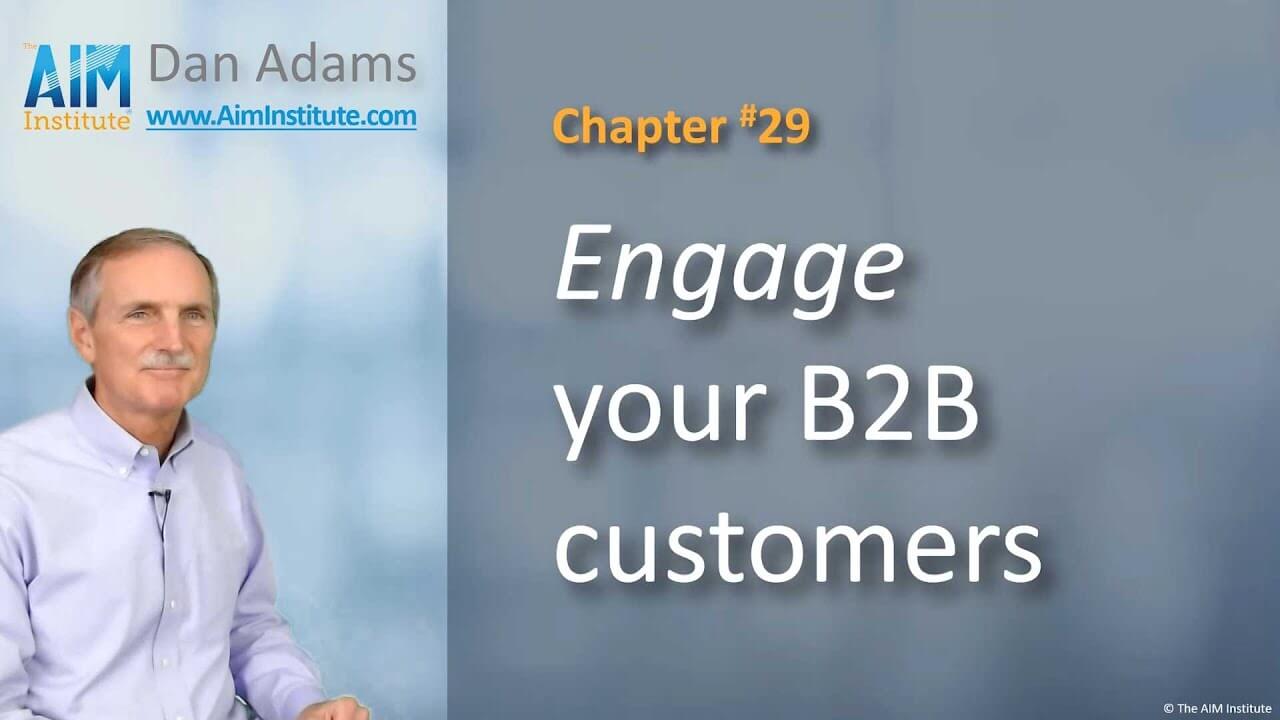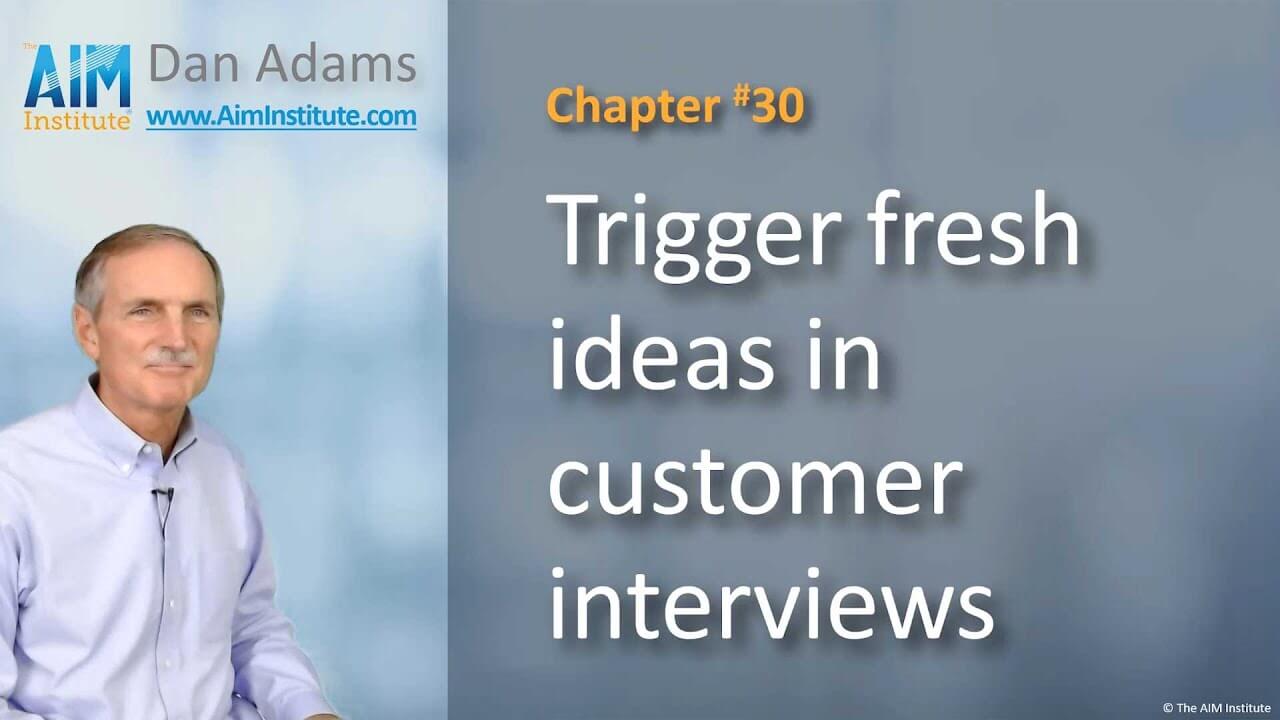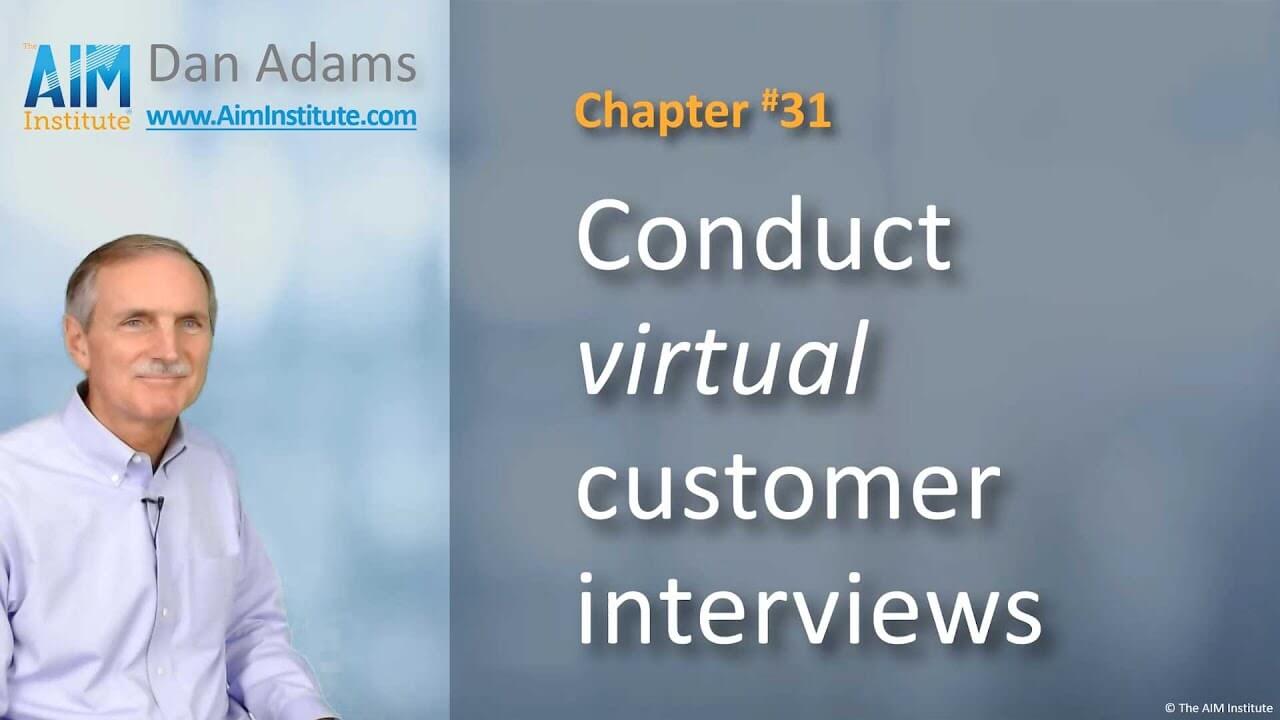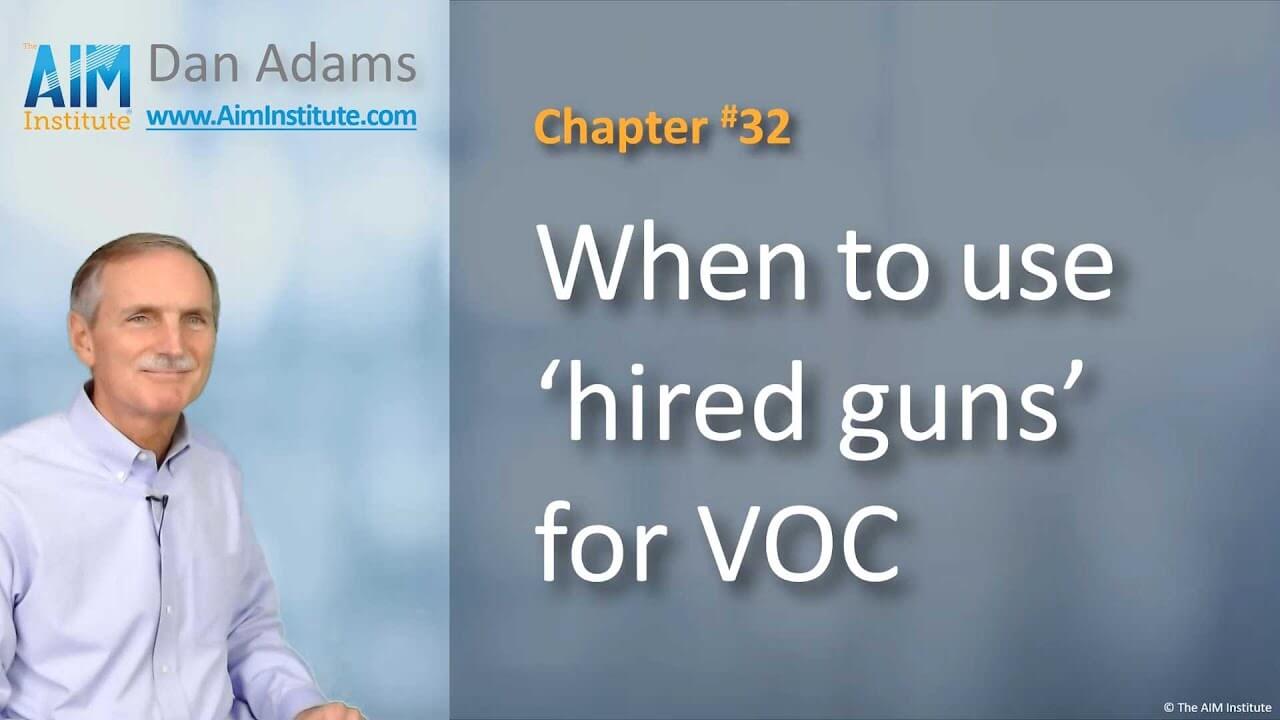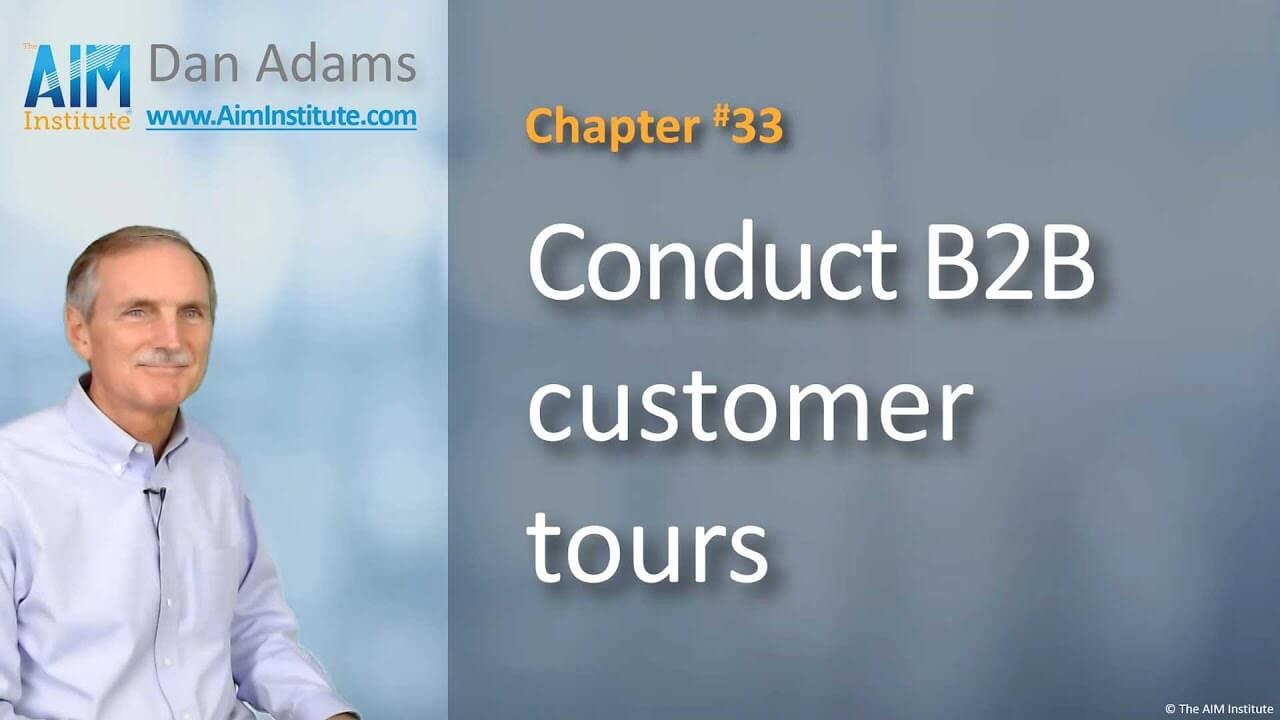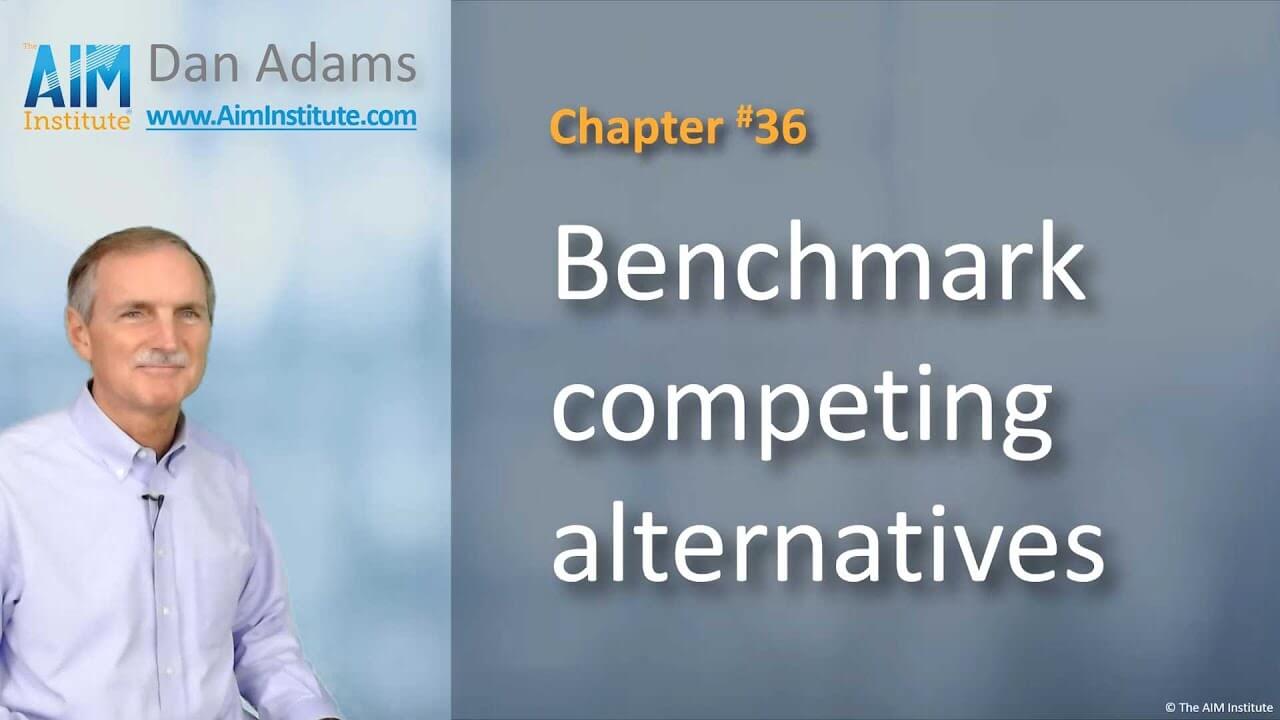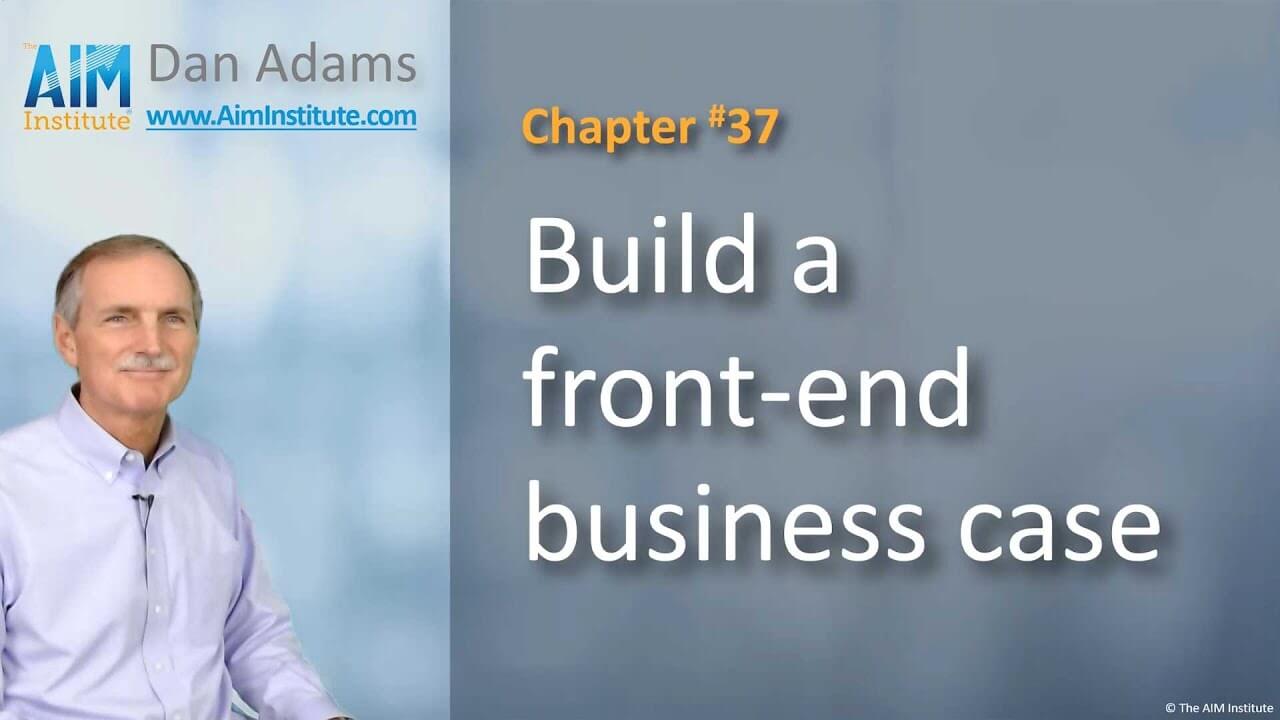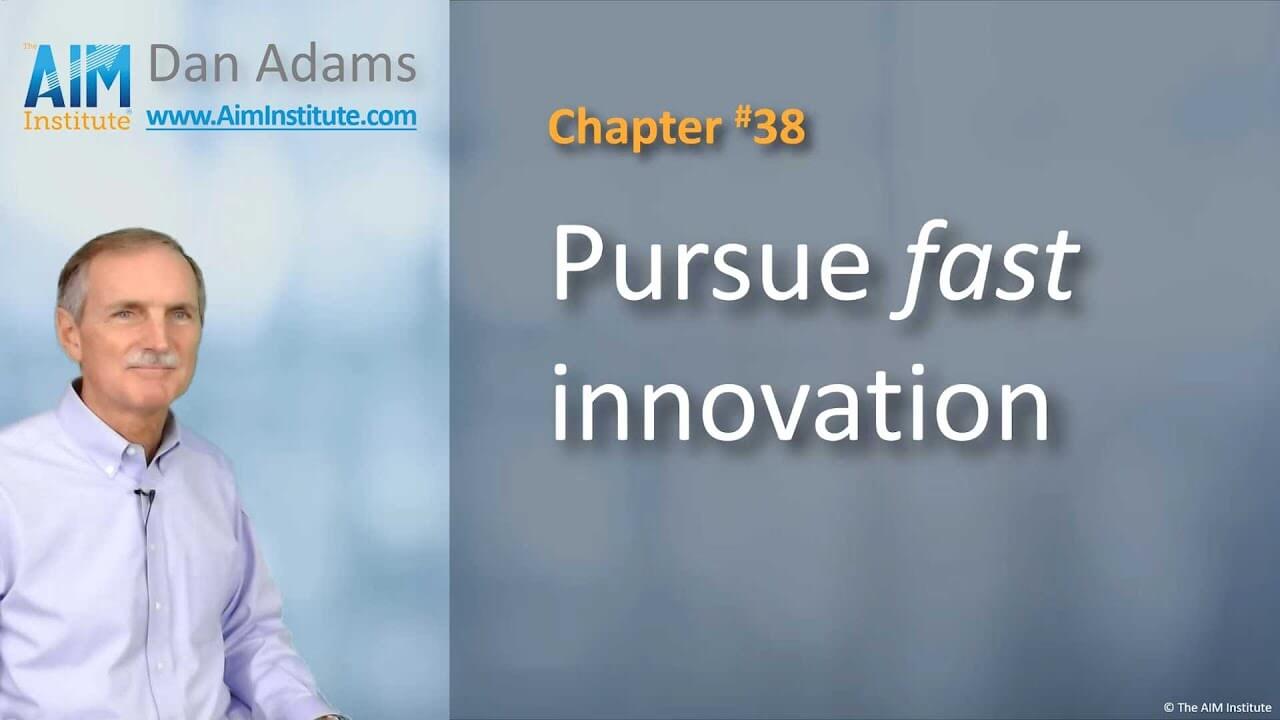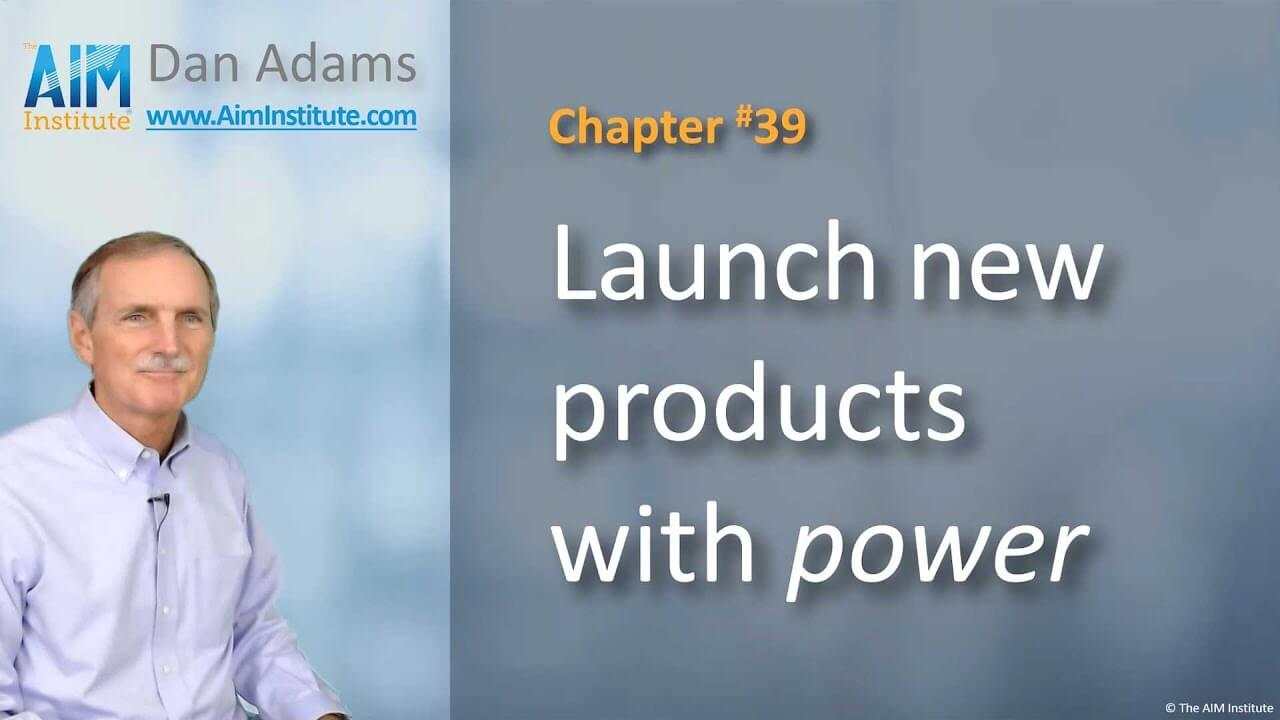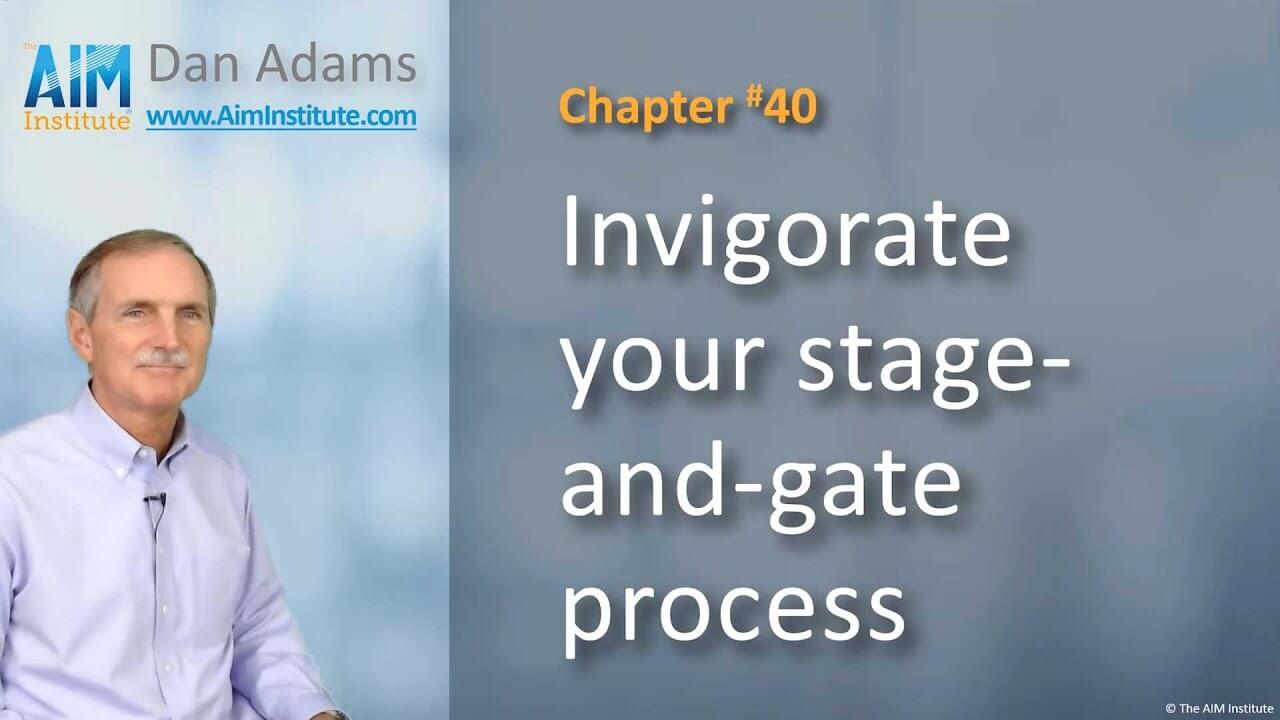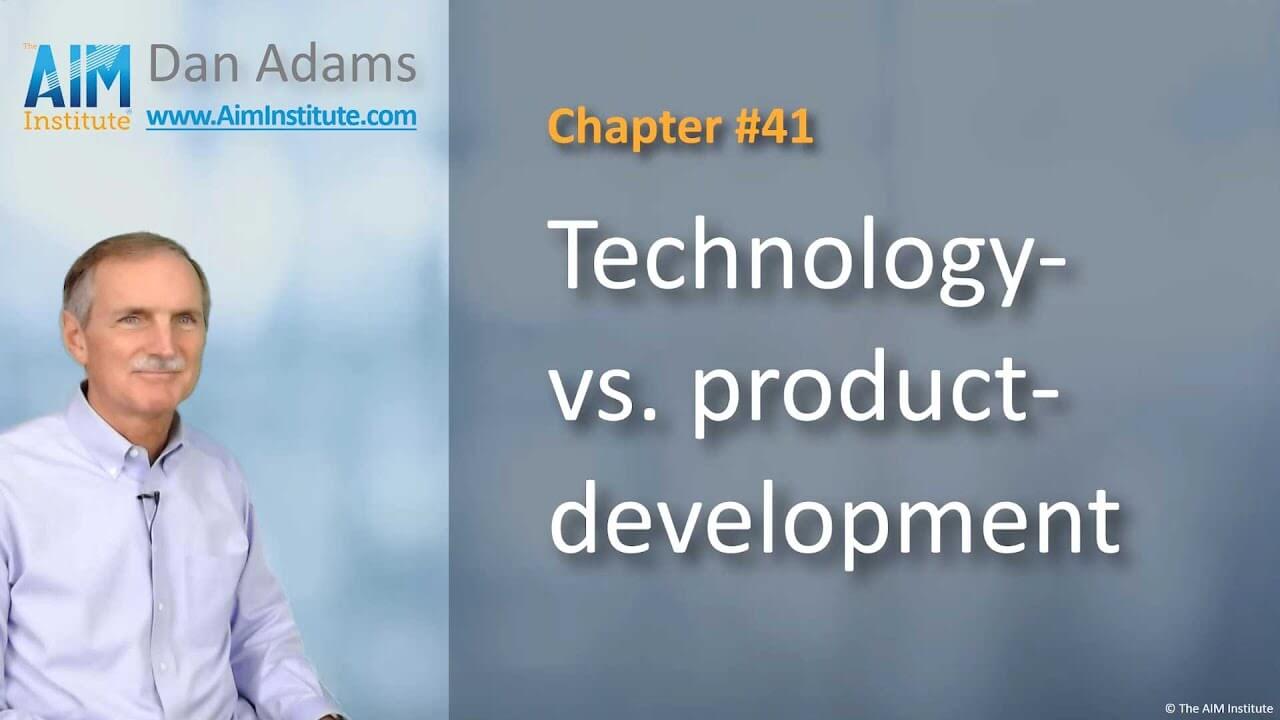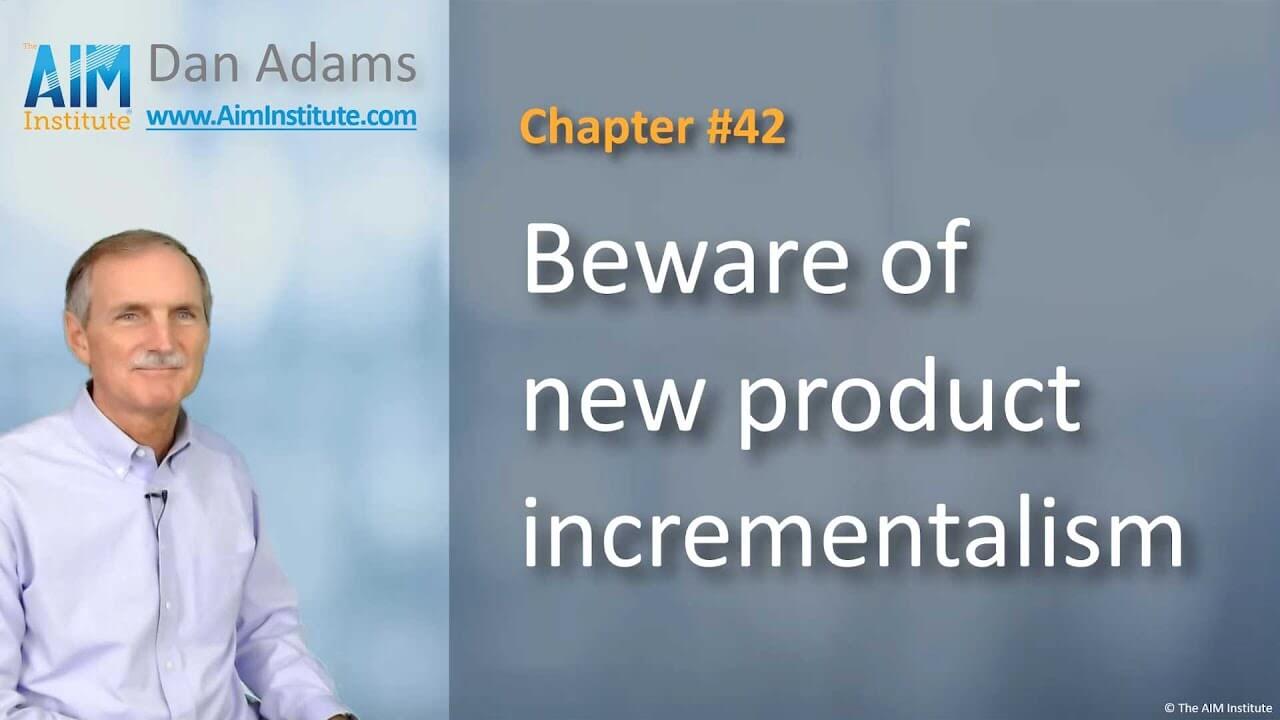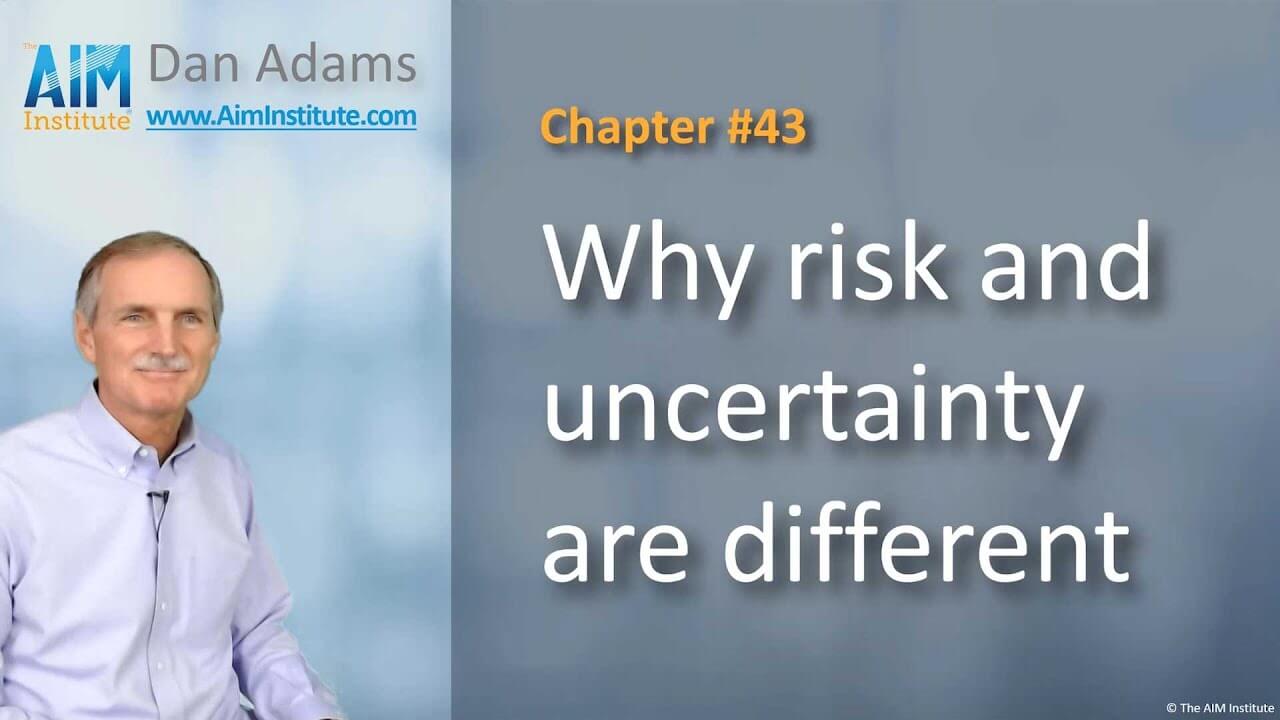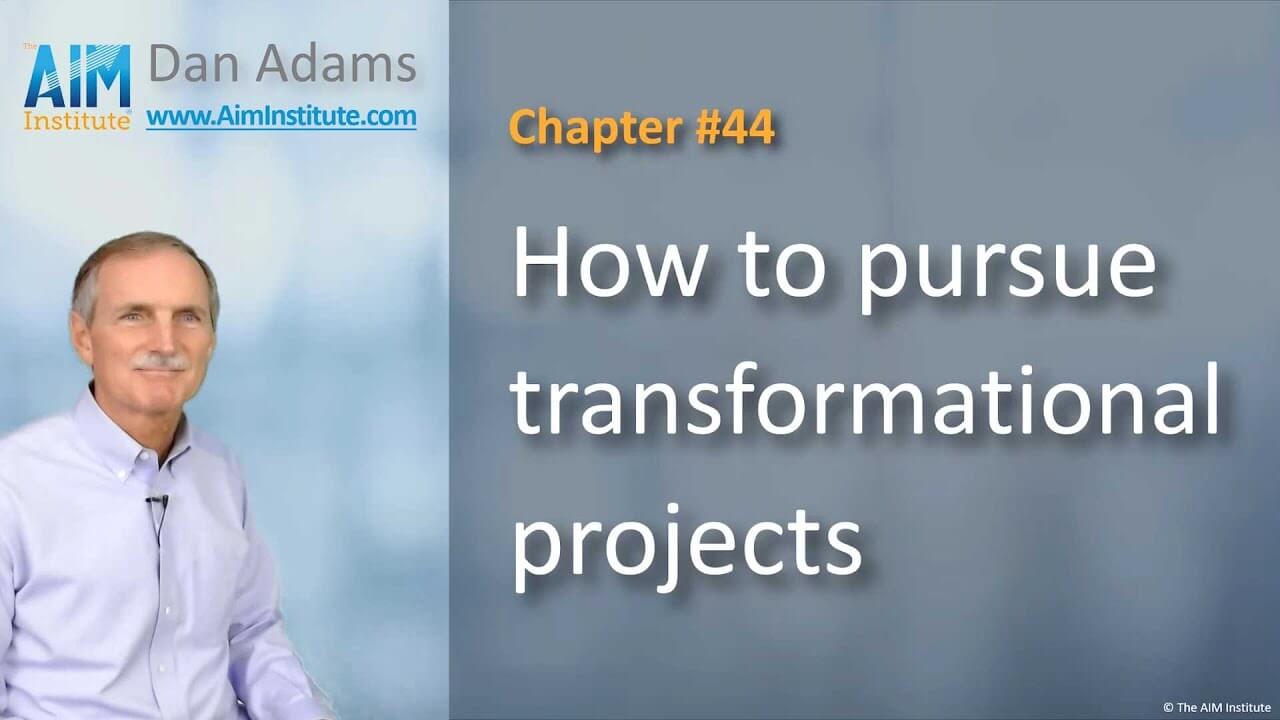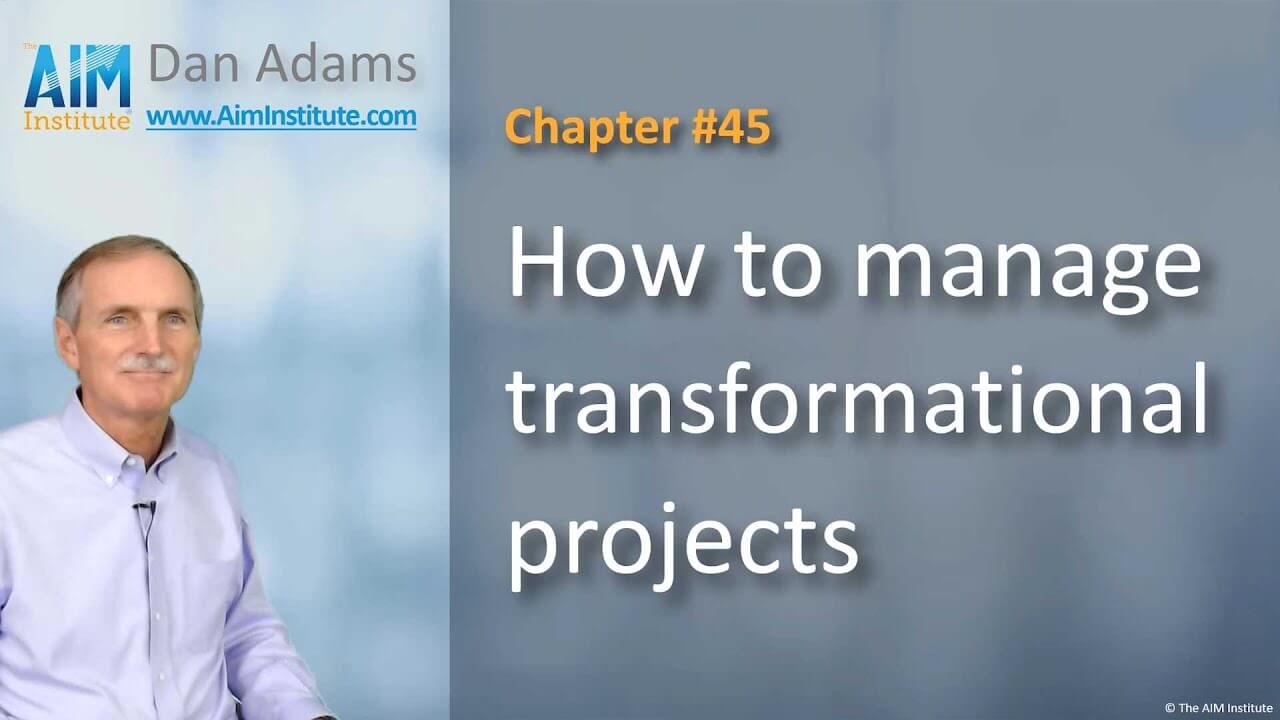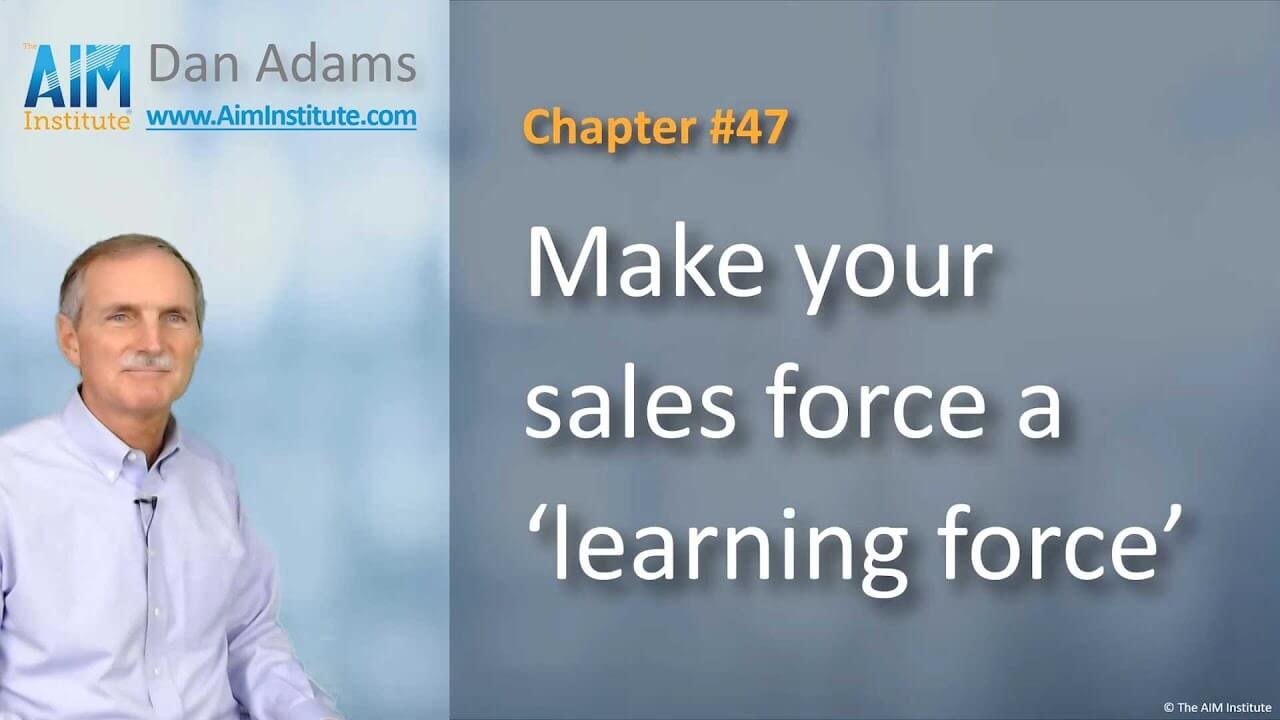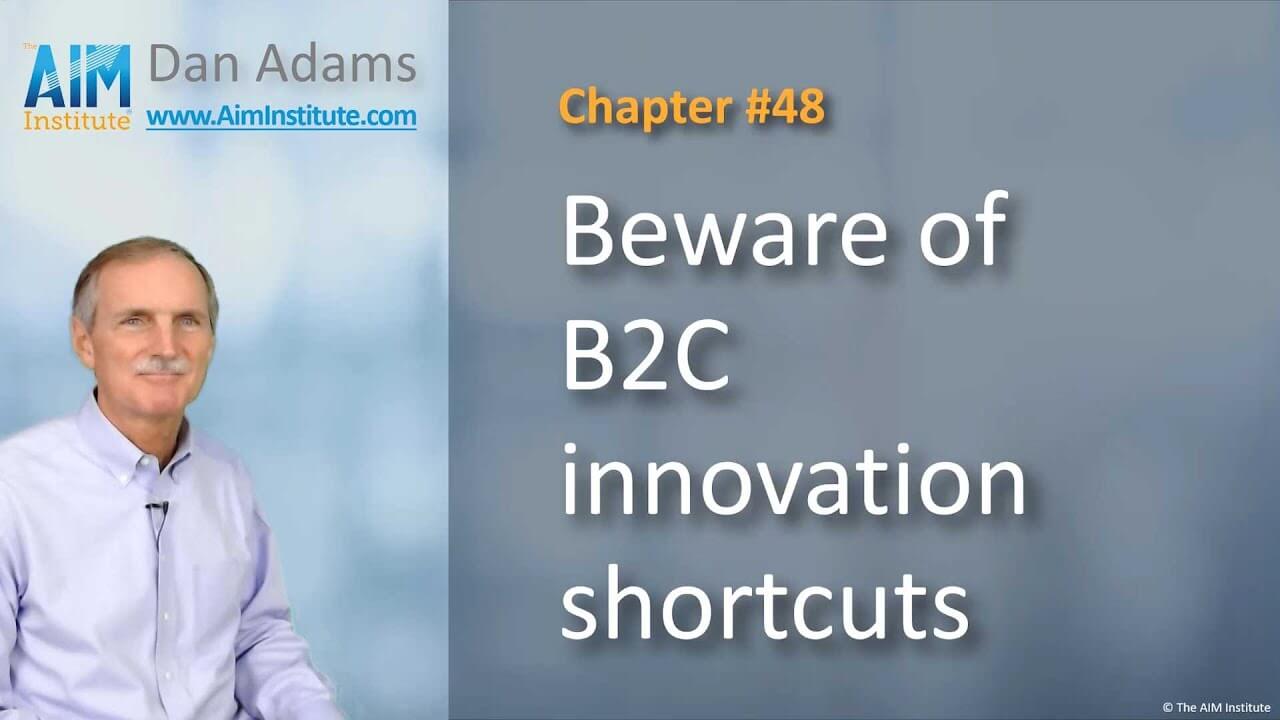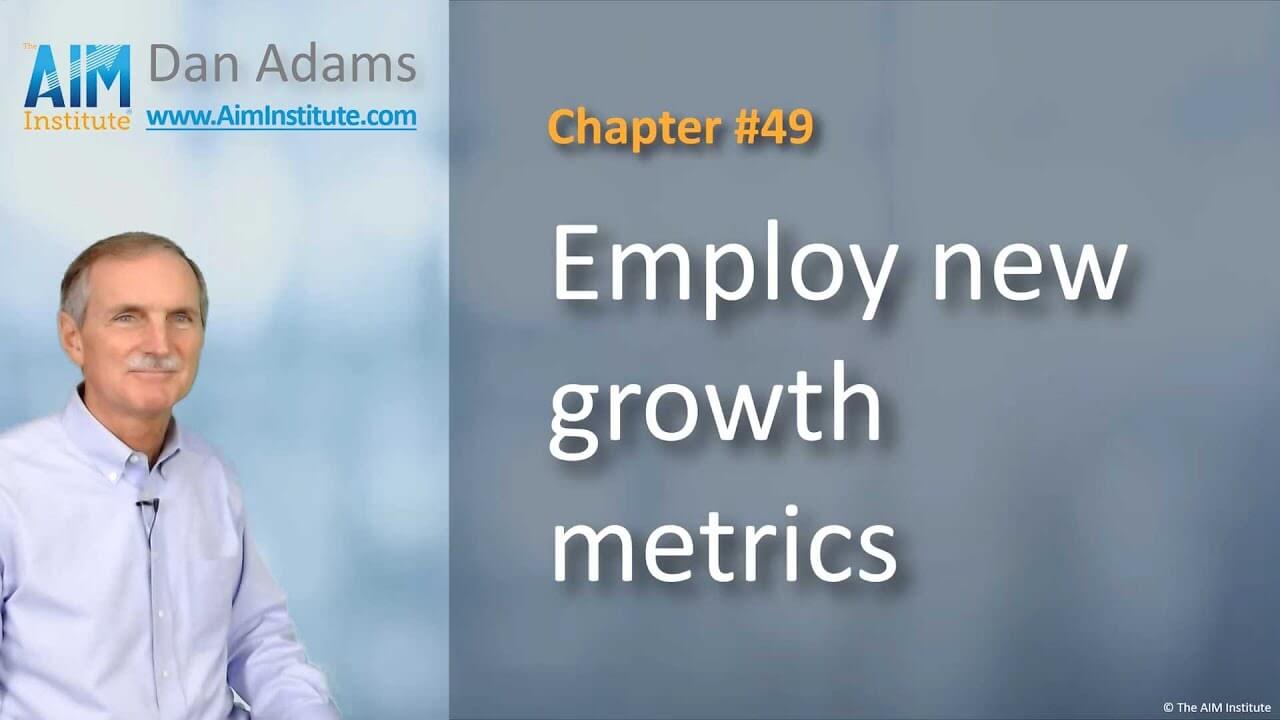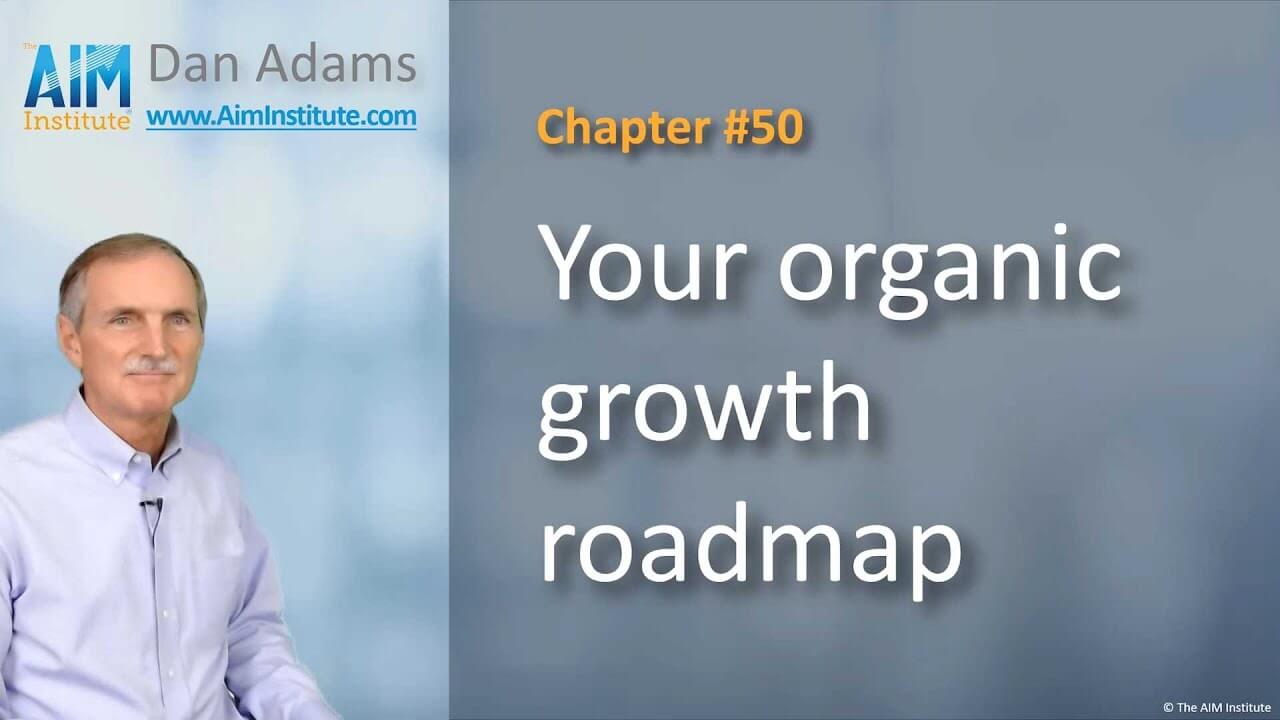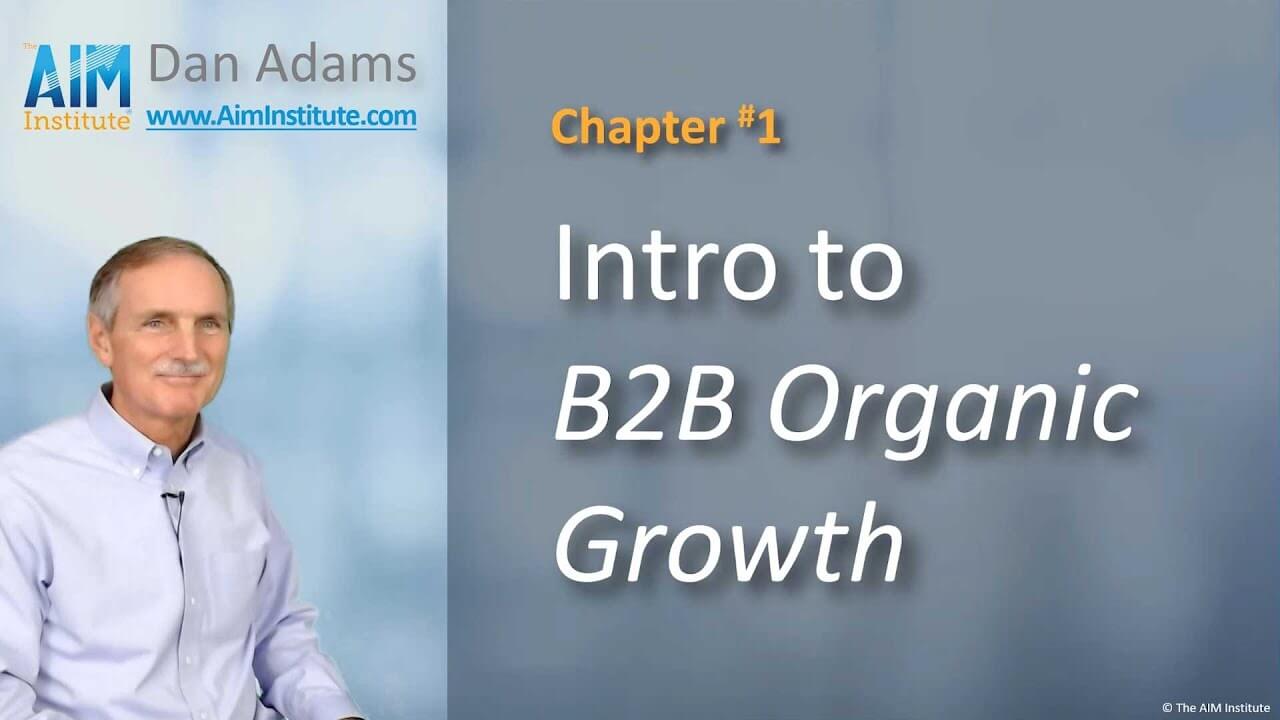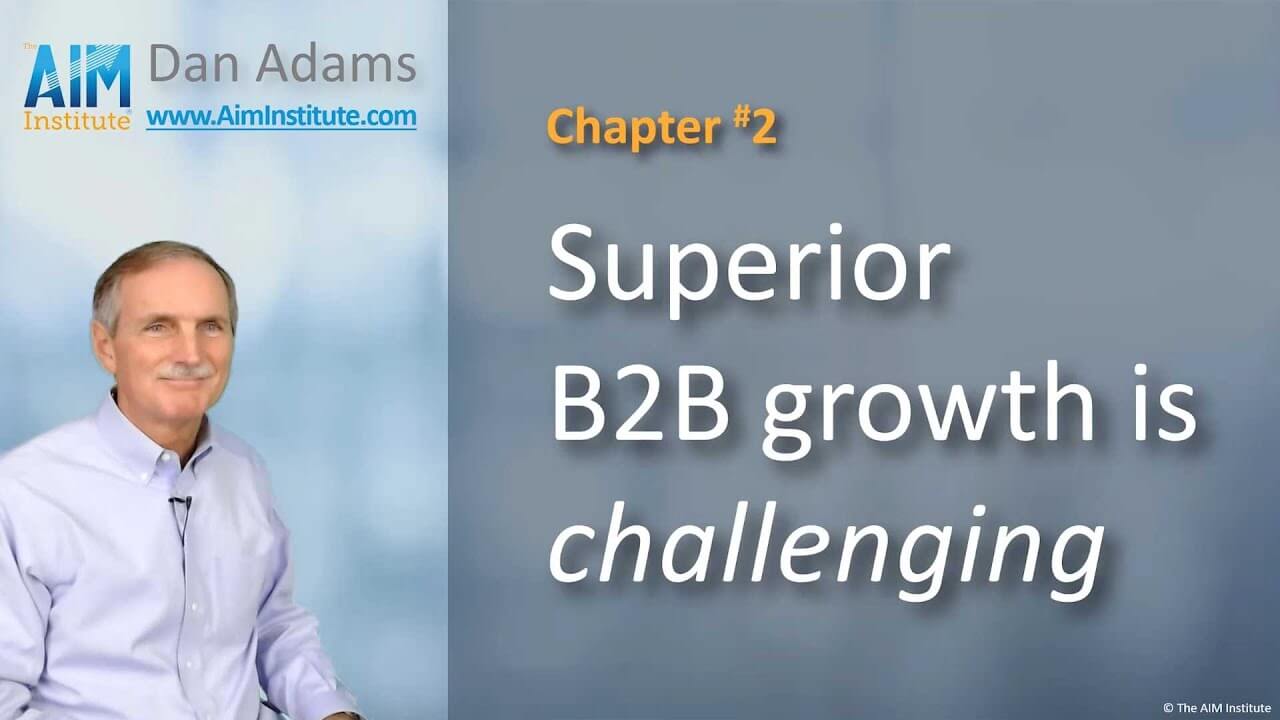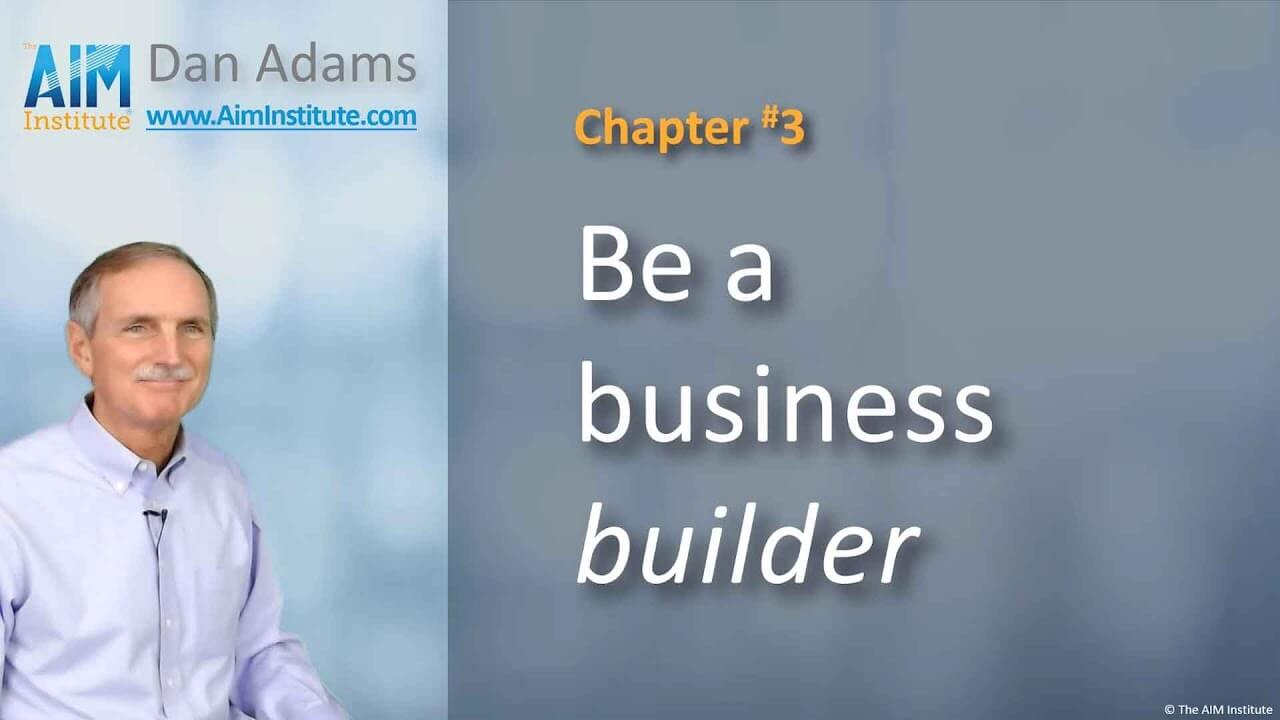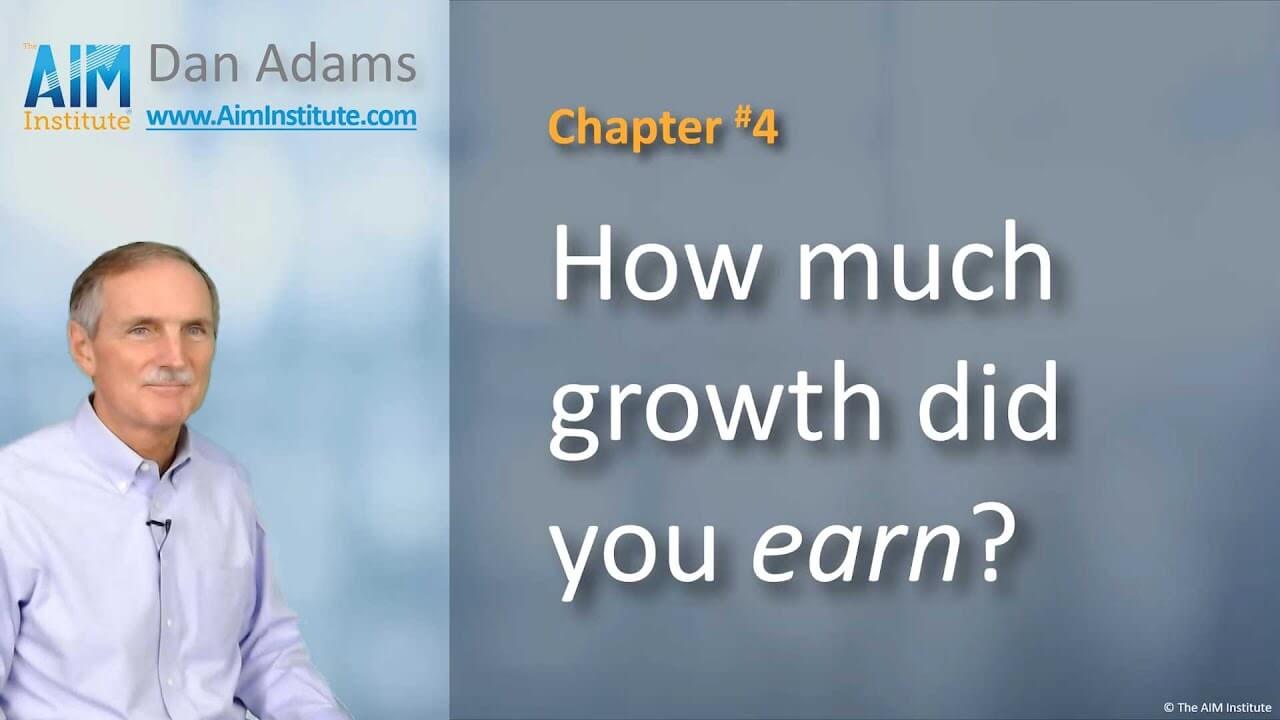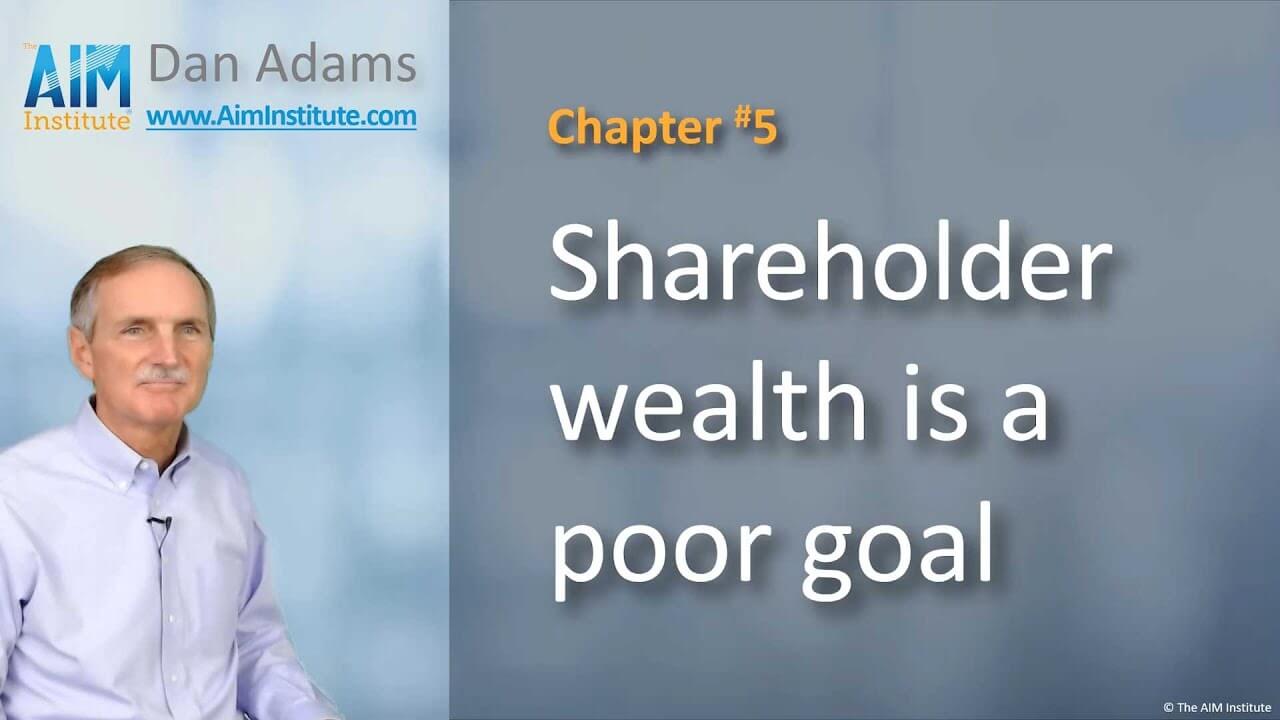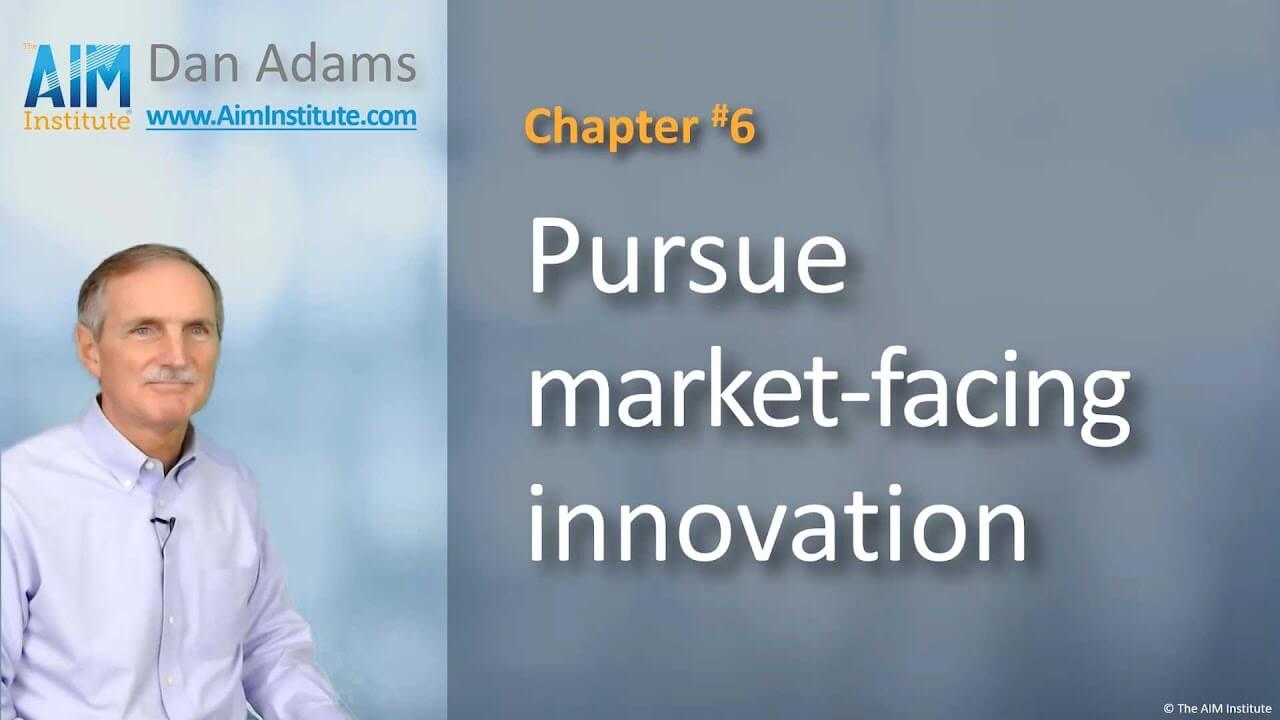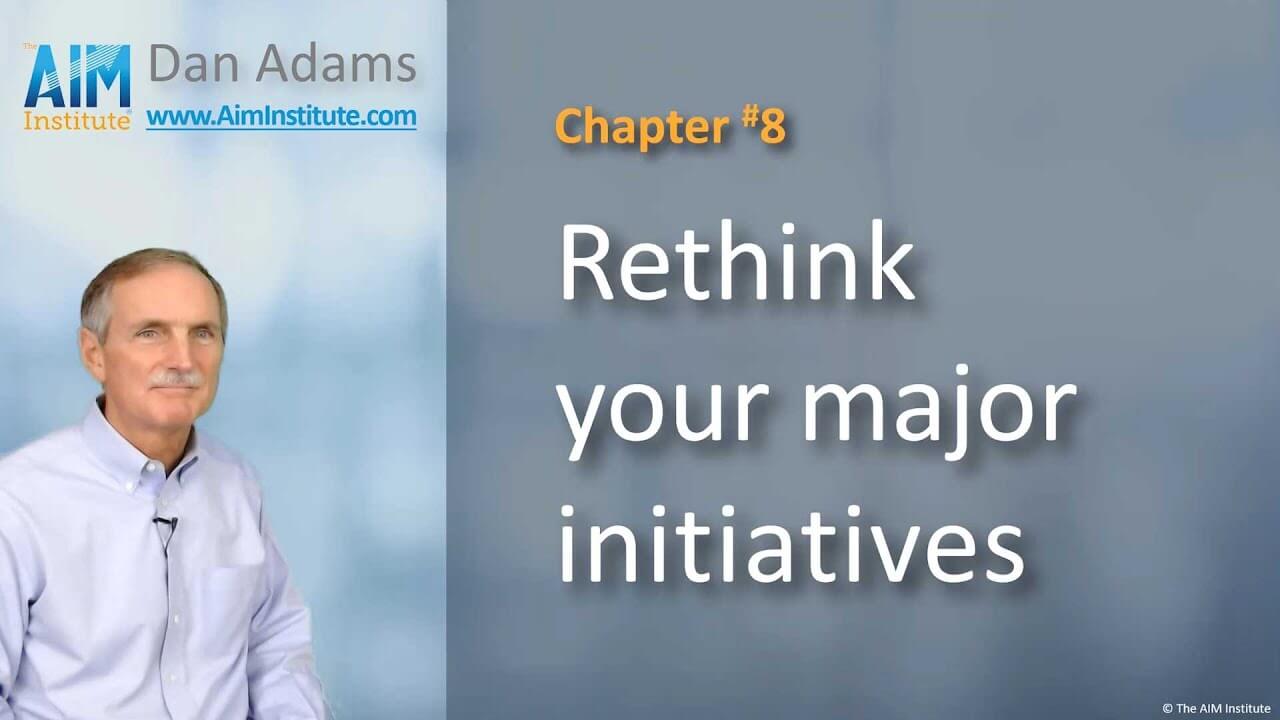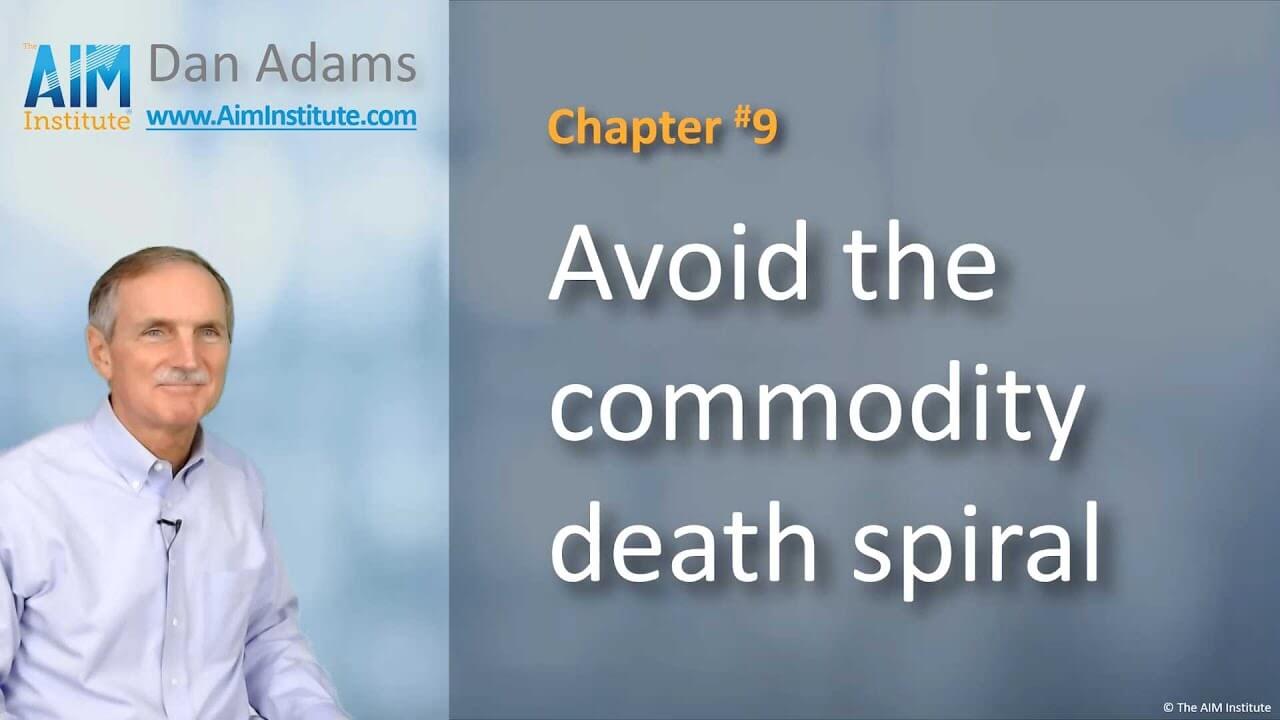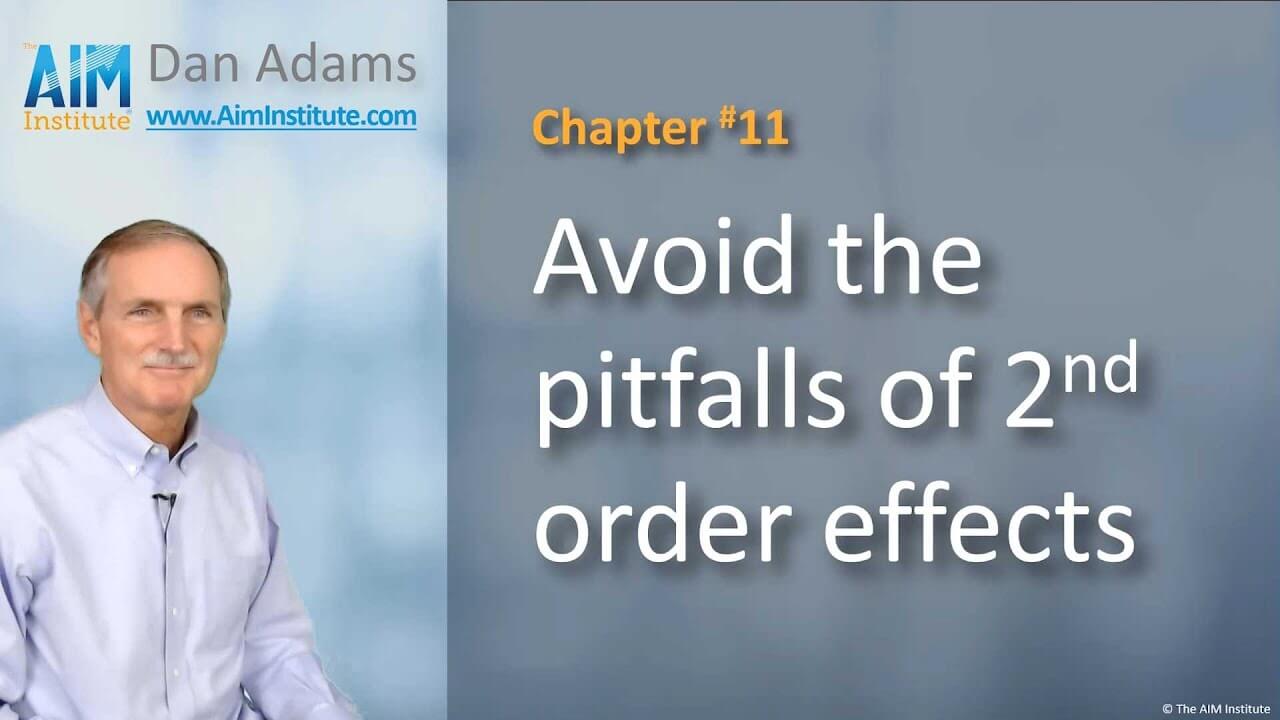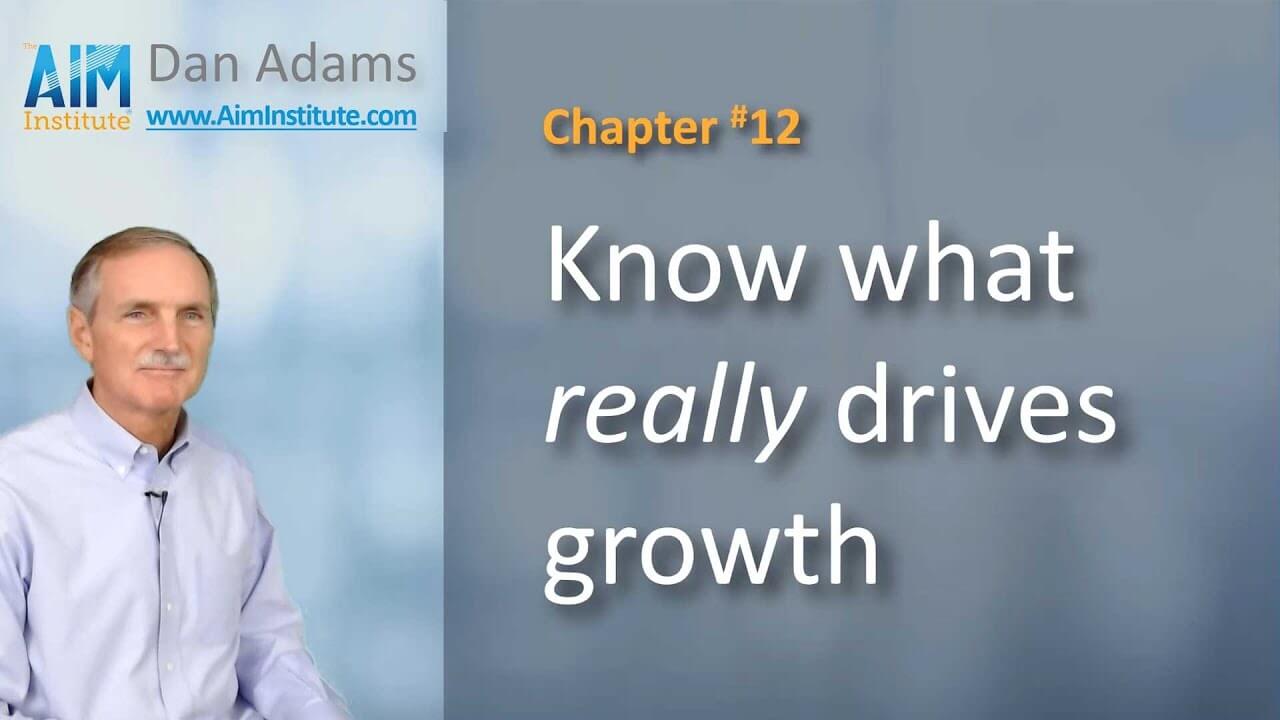Leaders need to balance their pursuit of “results” and “capabilities.” Today, most are way out of balance. They pursue near-term results, and then hit the “reset” button to do it all again next year.
Could you be focusing too much on “results”? Results are certainly worth pursuing, but you also need capabilities.
Imagine a rock climber at the foot of El Capitan with the wrong footwear, no climbing skills, and flabby muscles. No capabilities… but boy is he eager to get to the top. I mean, he wants results.
Stephen Covey said we need to balance production or results—with productive capabilities. We’ll add the time dimension and ask, “Where do you spend your time?”
For most, it’s pursuing this year’s results. It helps to pursue near-term capabilities and long-term results. But the key to strong organic growth is building your long-term capabilities.
Can you think of any champions in anything that didn’t first build their capabilities, and then win? So why do business leaders obsess with results this year, hit the “reset” button next year, and then climb back on the hamster wheel to do it all over again? This makes for some tired hamsters!
Better to invest some energy in your growth capabilities. In the last chapter, you saw 24 proven growth drivers to help you understand and meet customer needs. But which growth capabilities should your company pursue? Well, don’t hire a growth consultant… because I have two free suggestions:
First, download our research report, showing which growth drivers worked best for other B2B companies. You’ll see it’s mostly about understanding customer needs.
Second, run our free diagnostic that measures your business’s performance on the same 24 growth drivers. Your employees take an online survey to rate your capabilities, and you receive a 20-page report that benchmarks your performance against average, top quartile, and top decile businesses in our large database.
So if you want to develop a growth strategy based on solid research—that doesn’t cost a penny —consider these tools.
